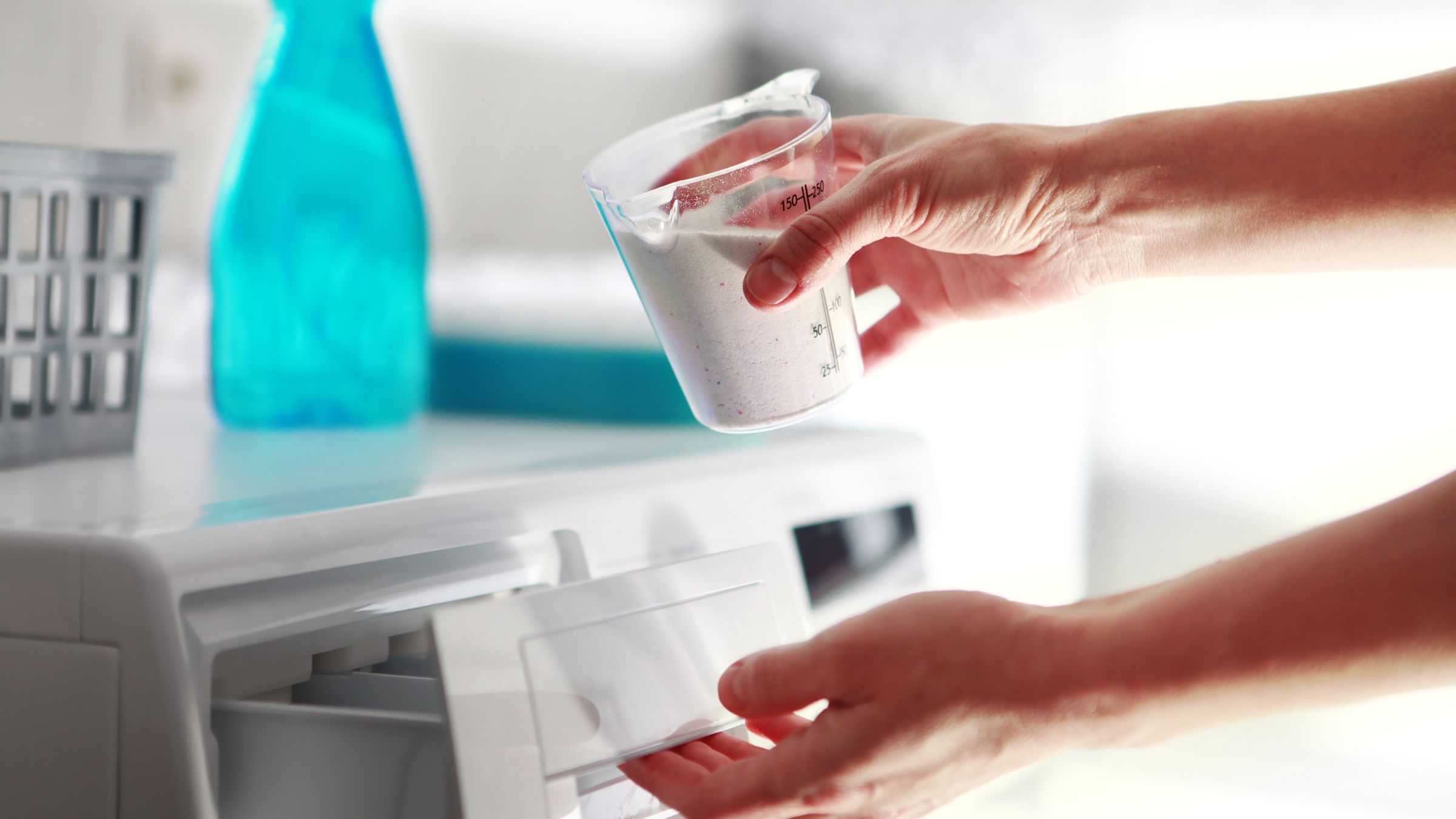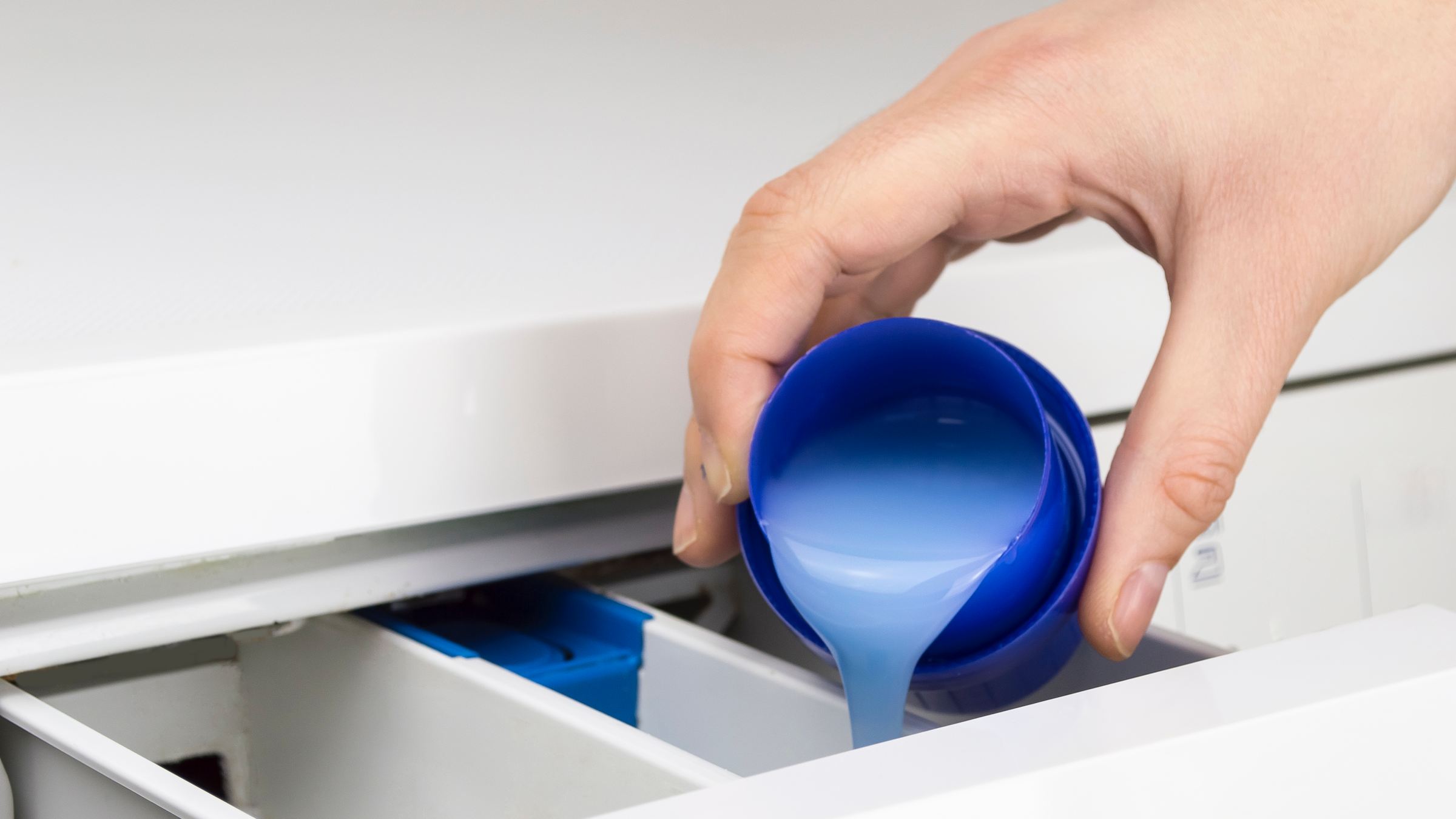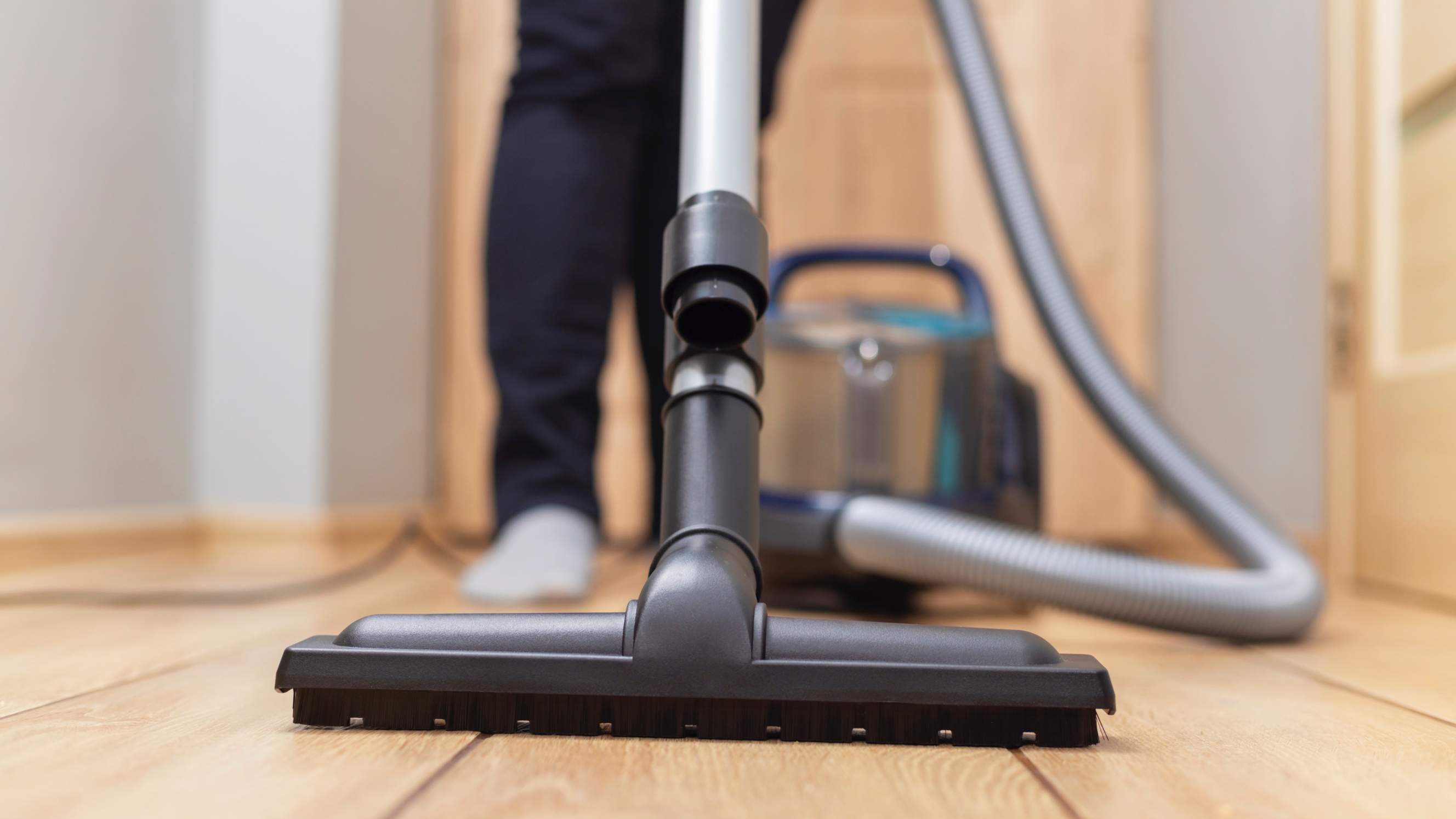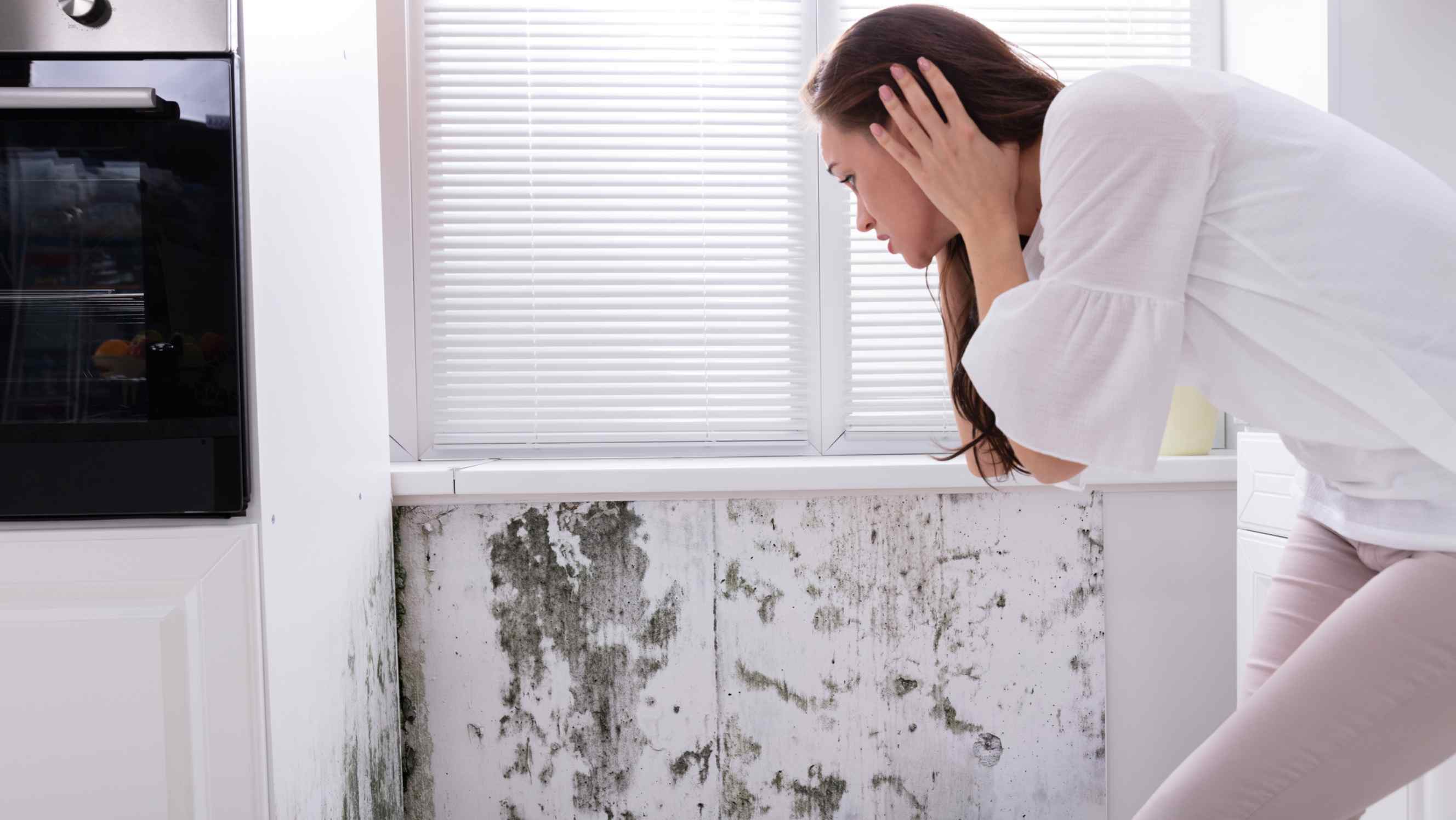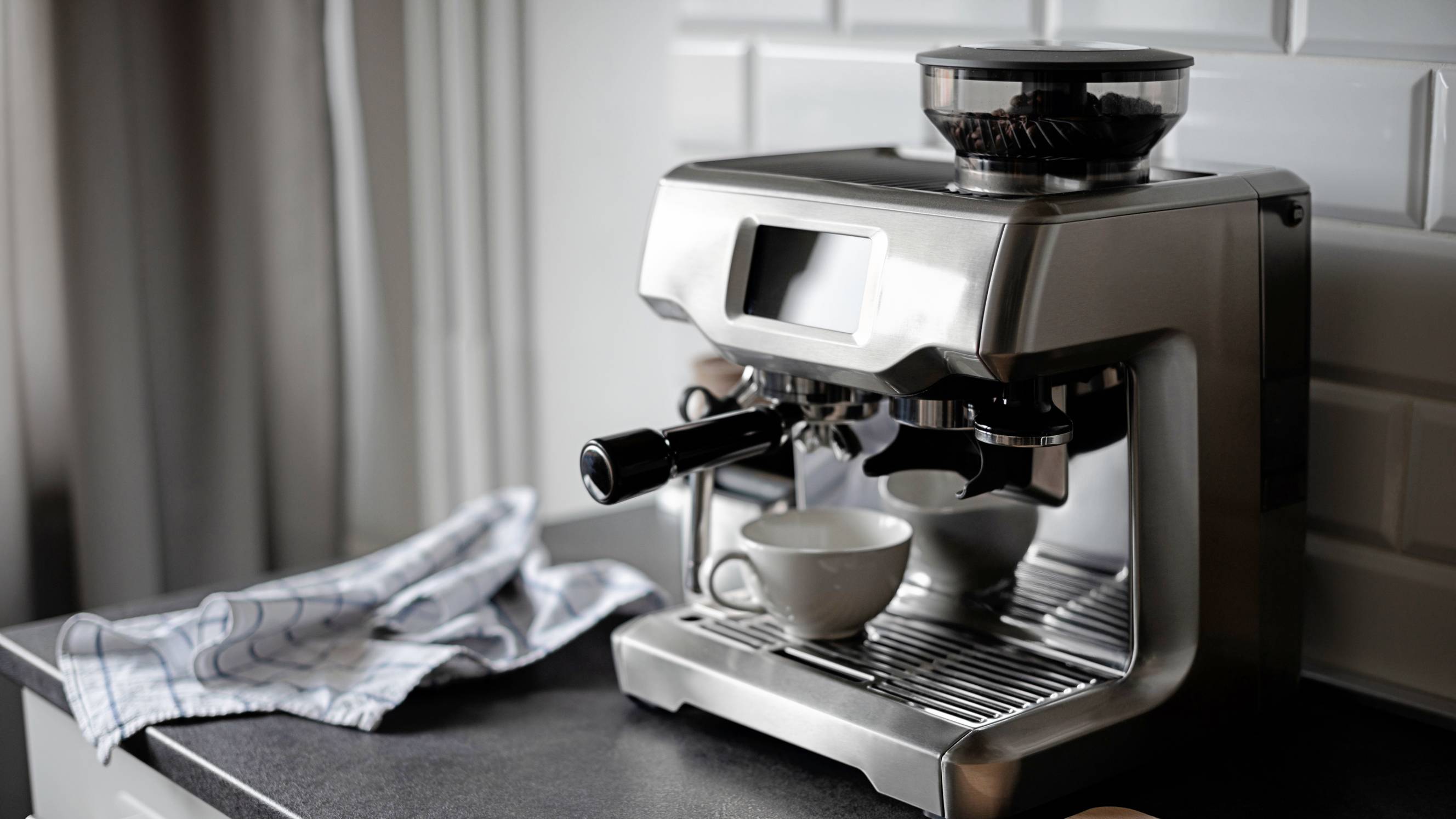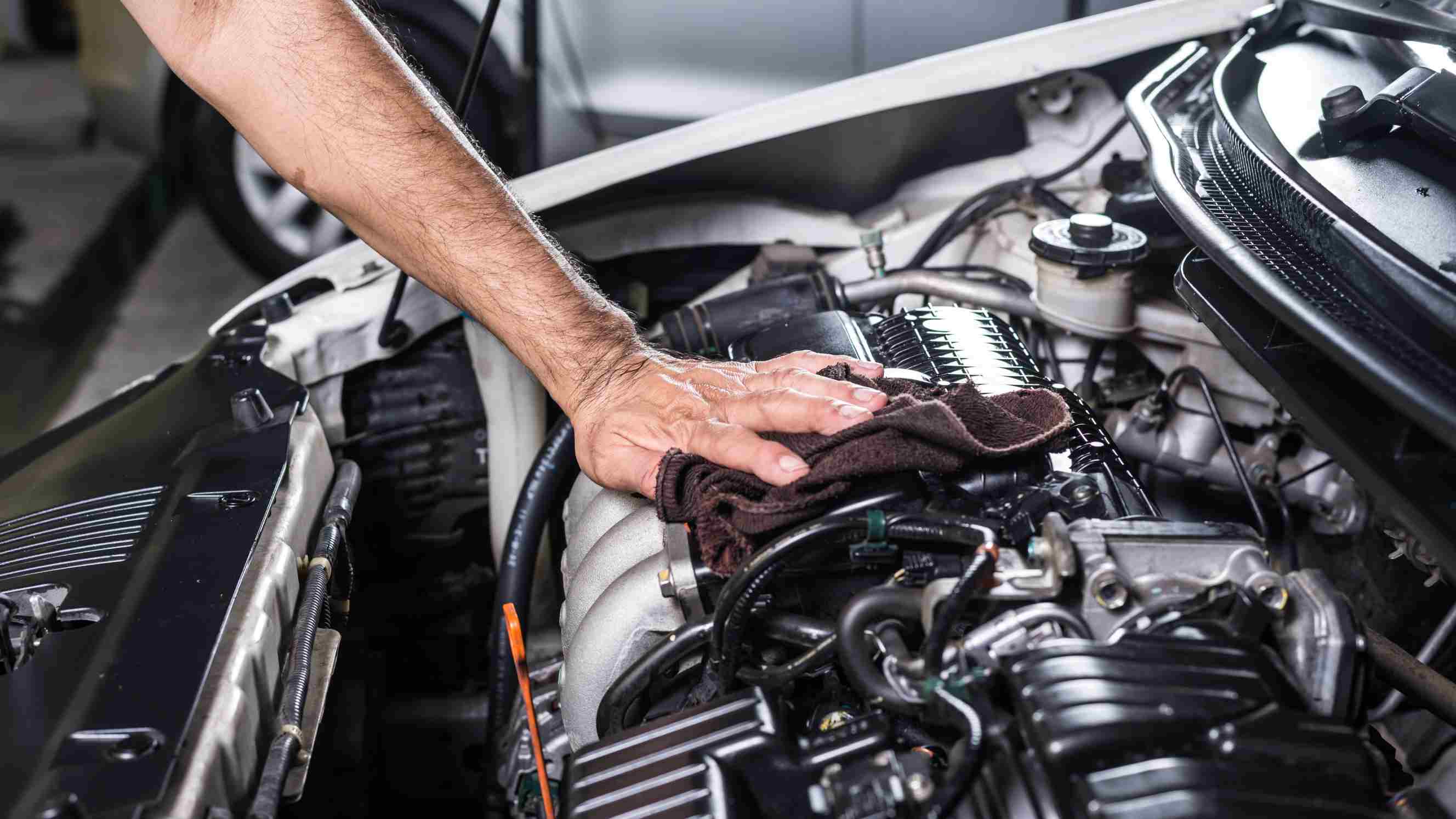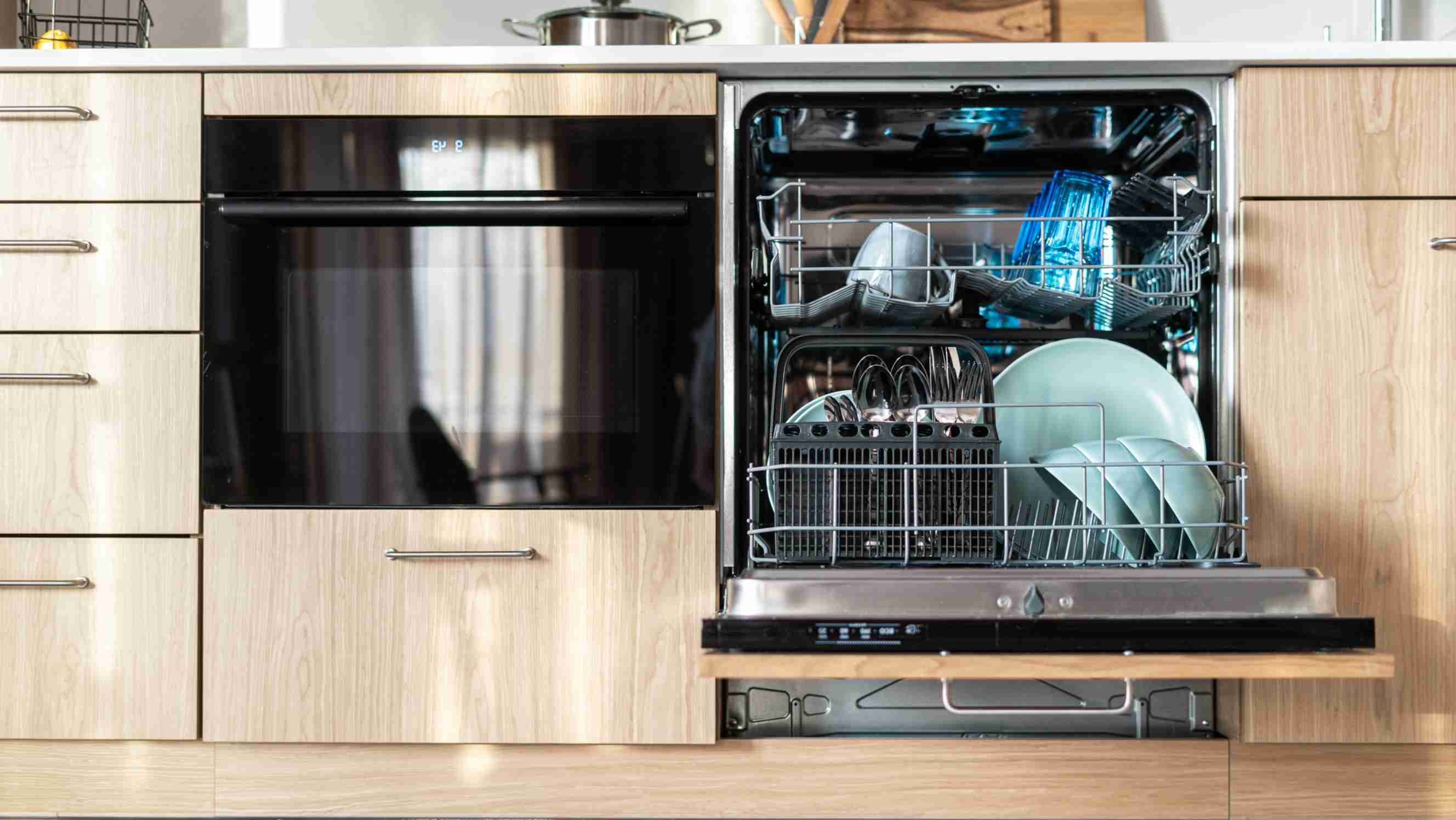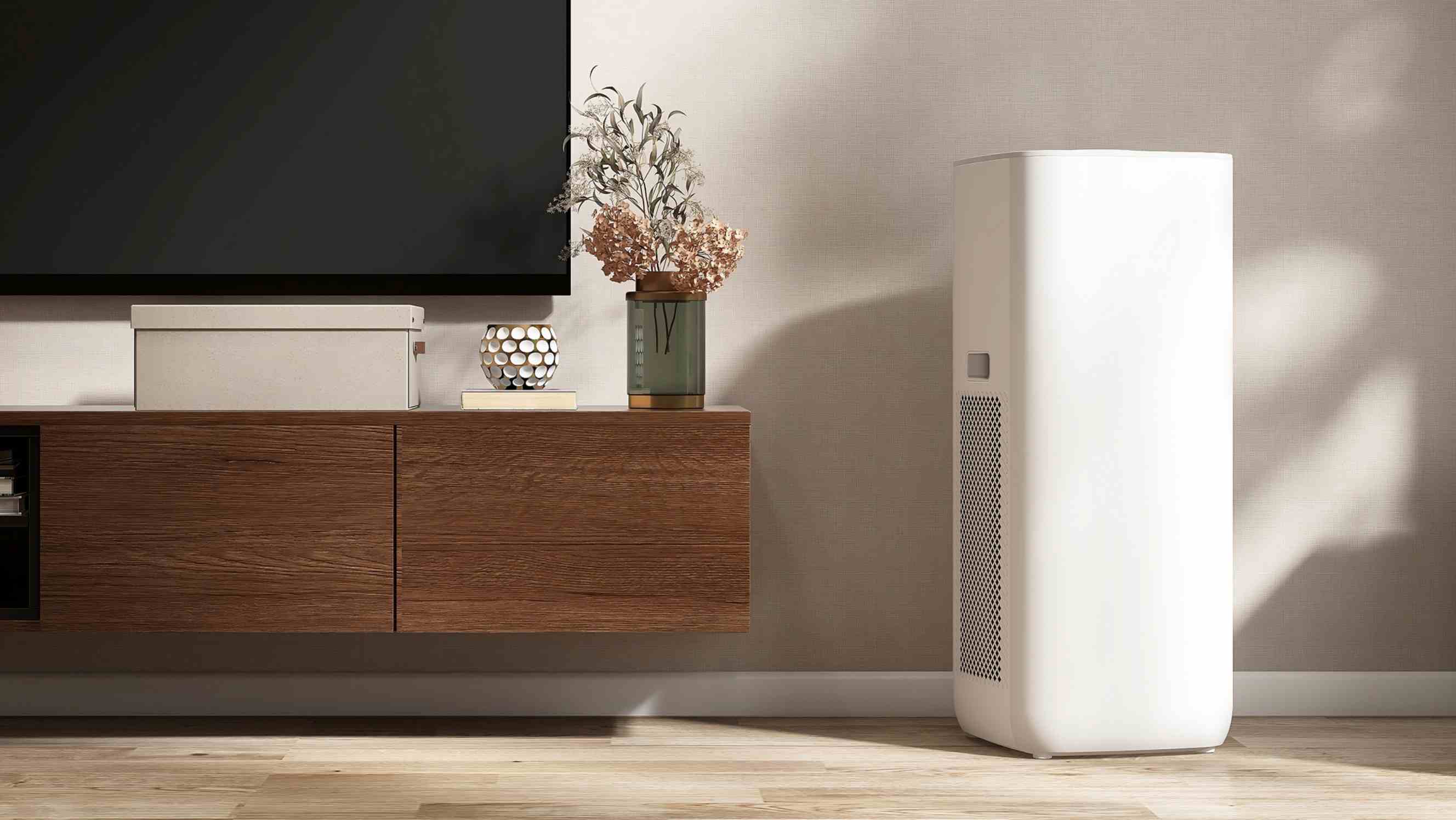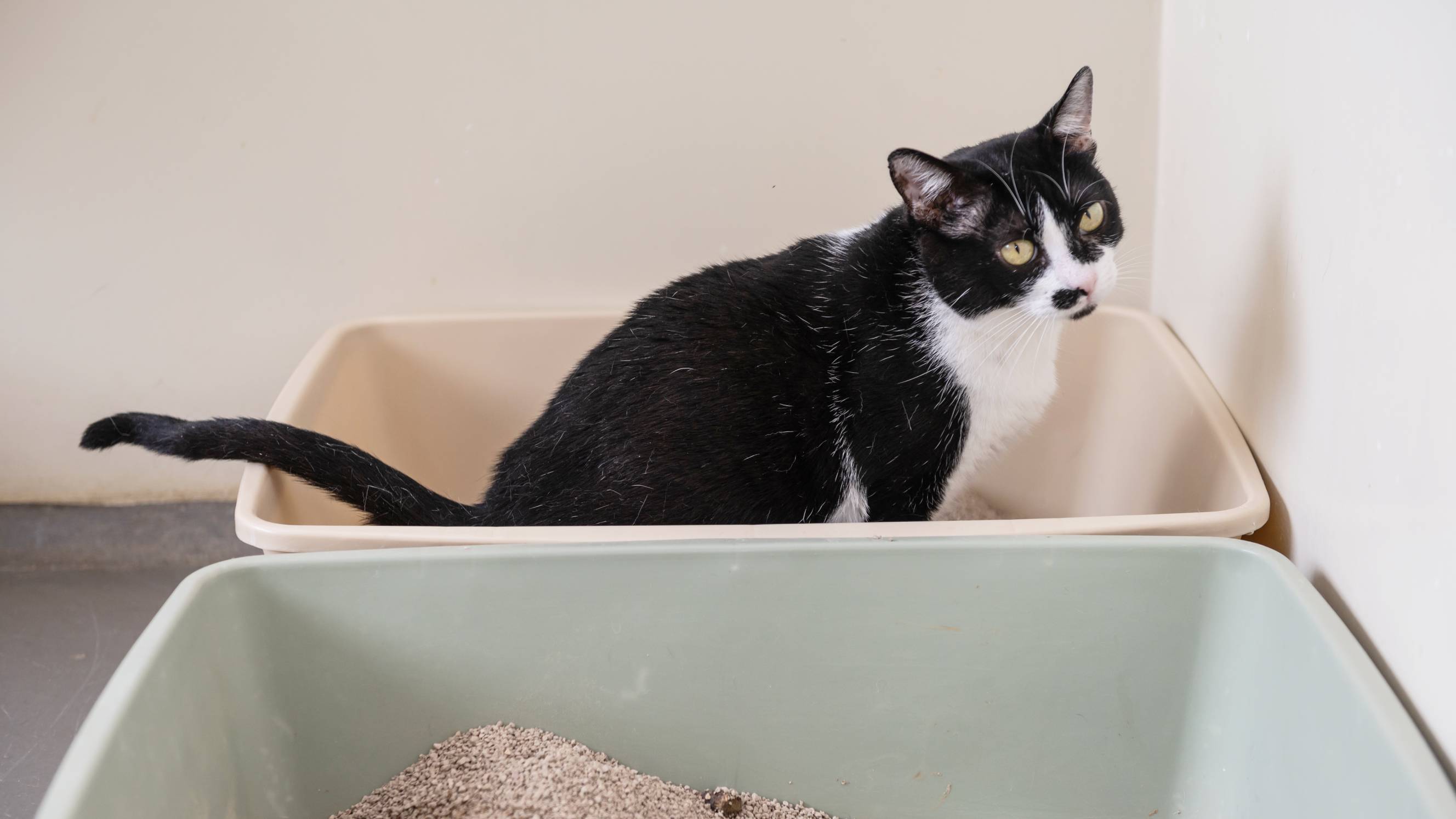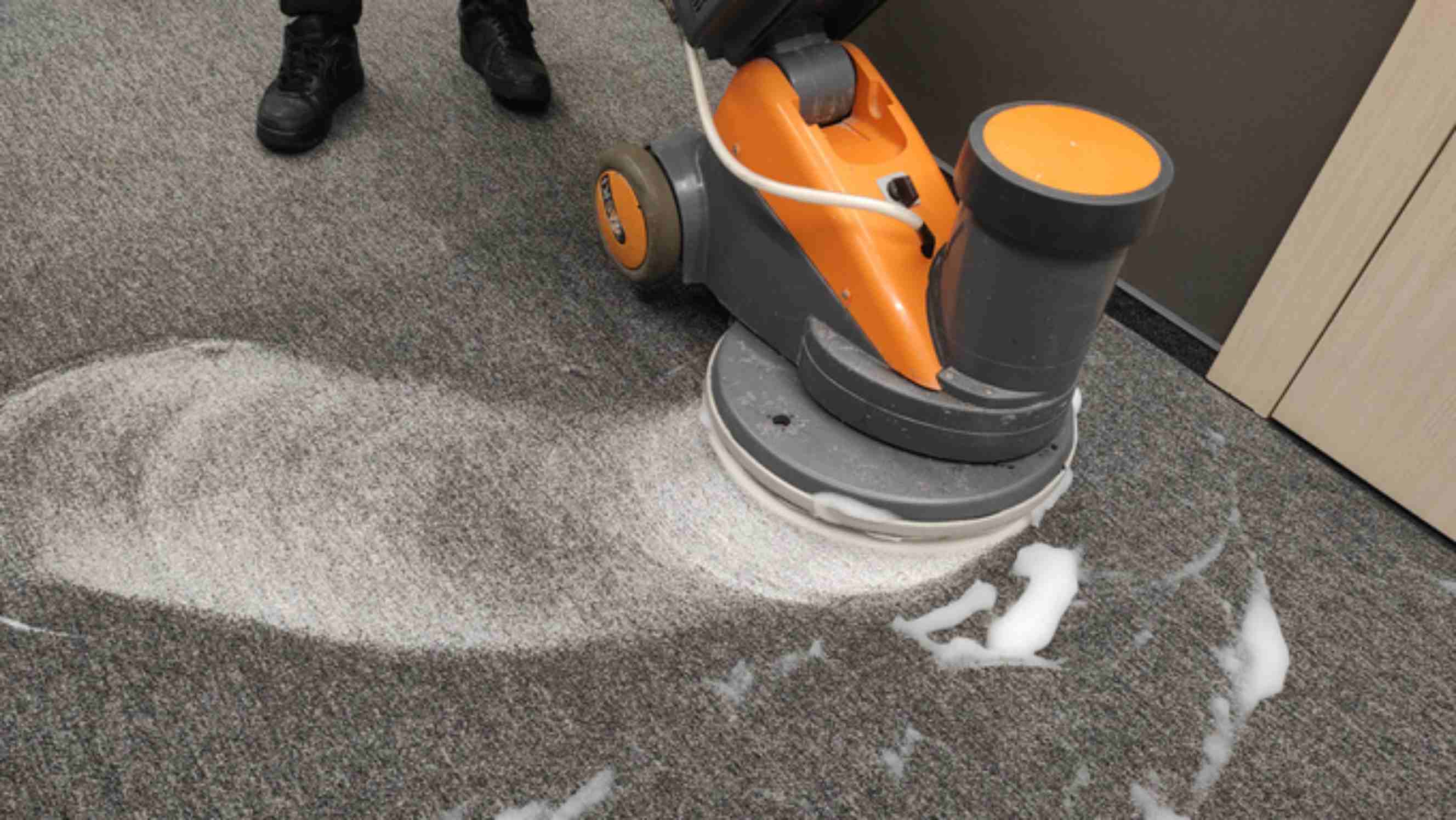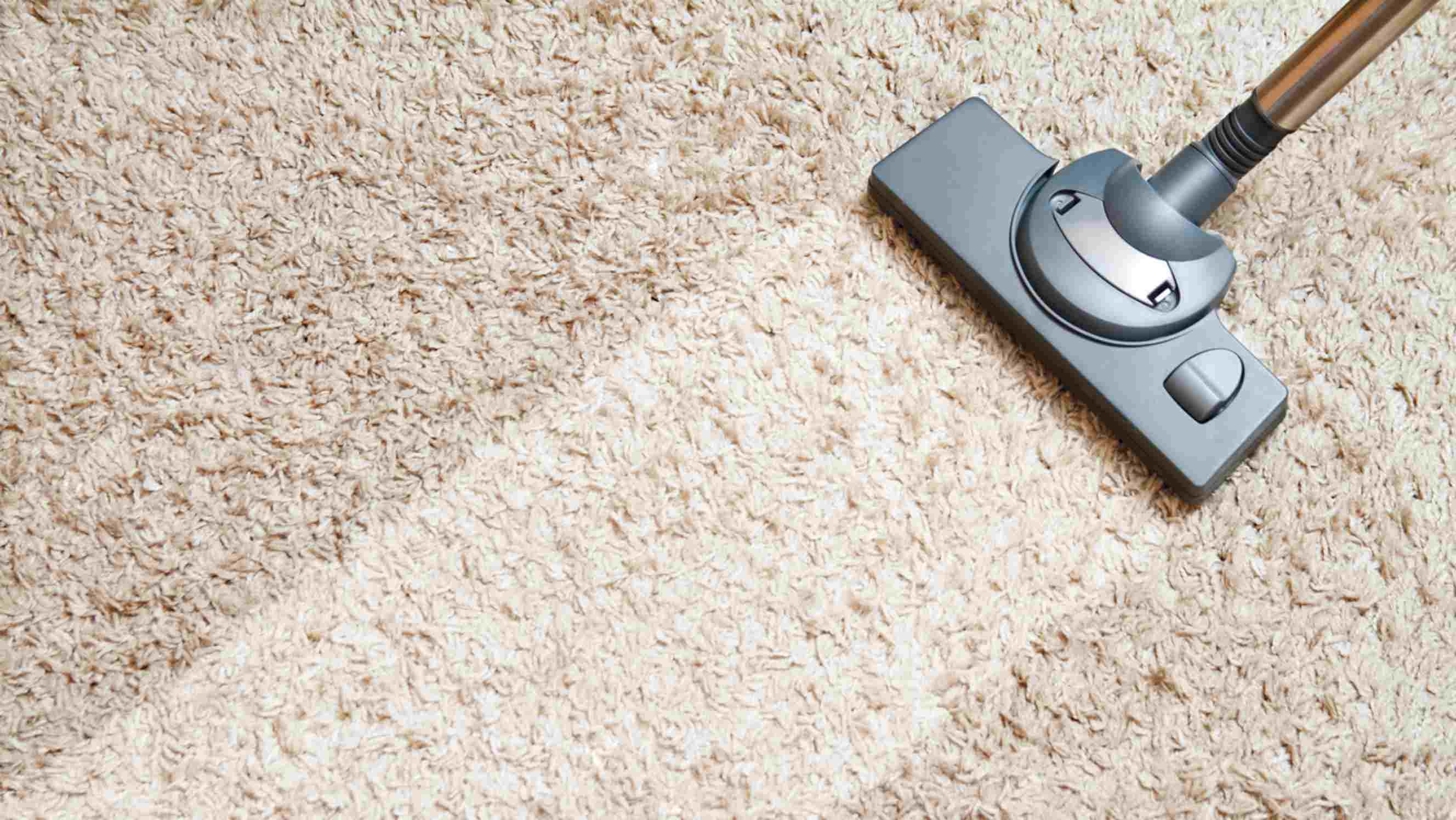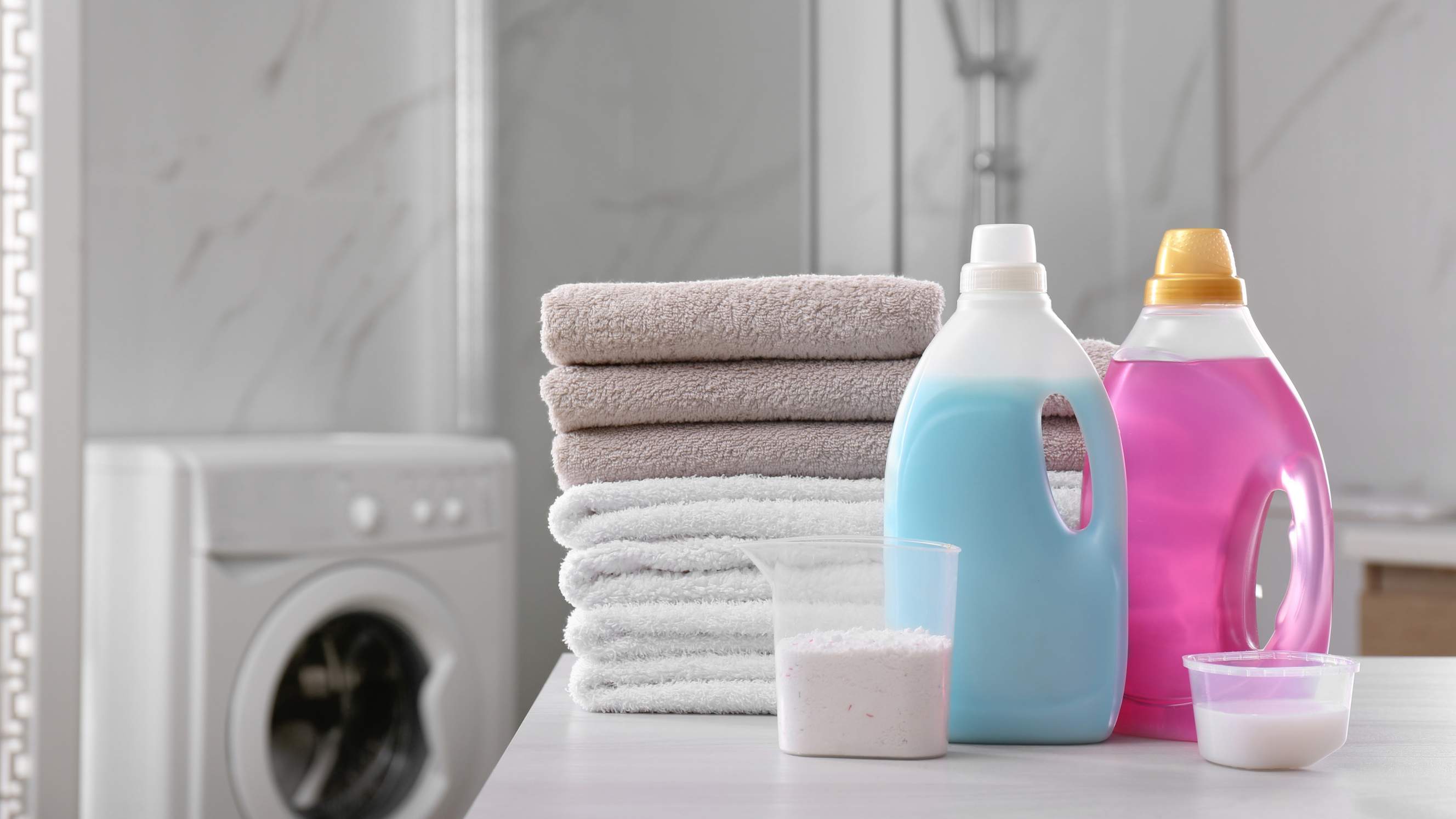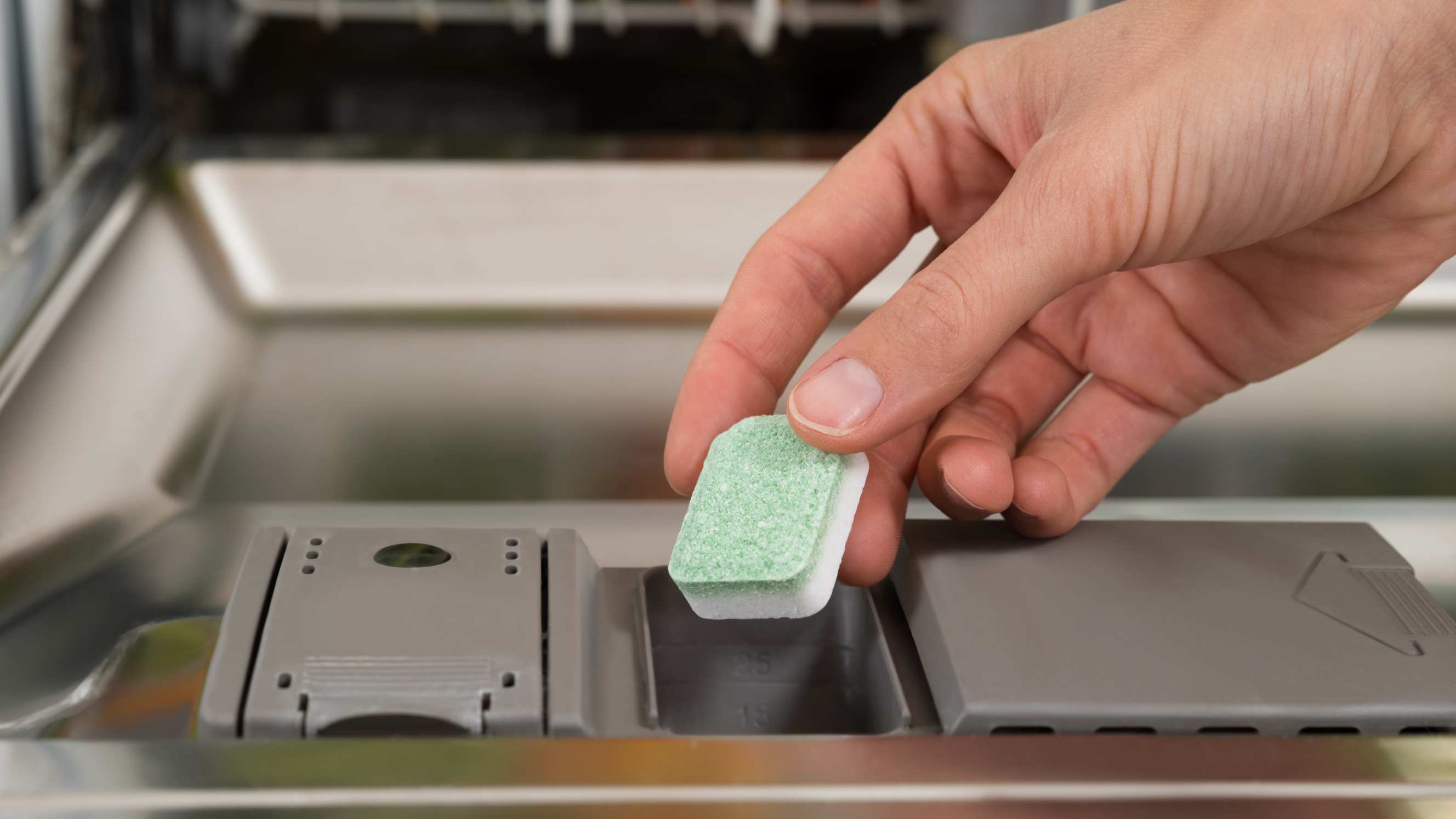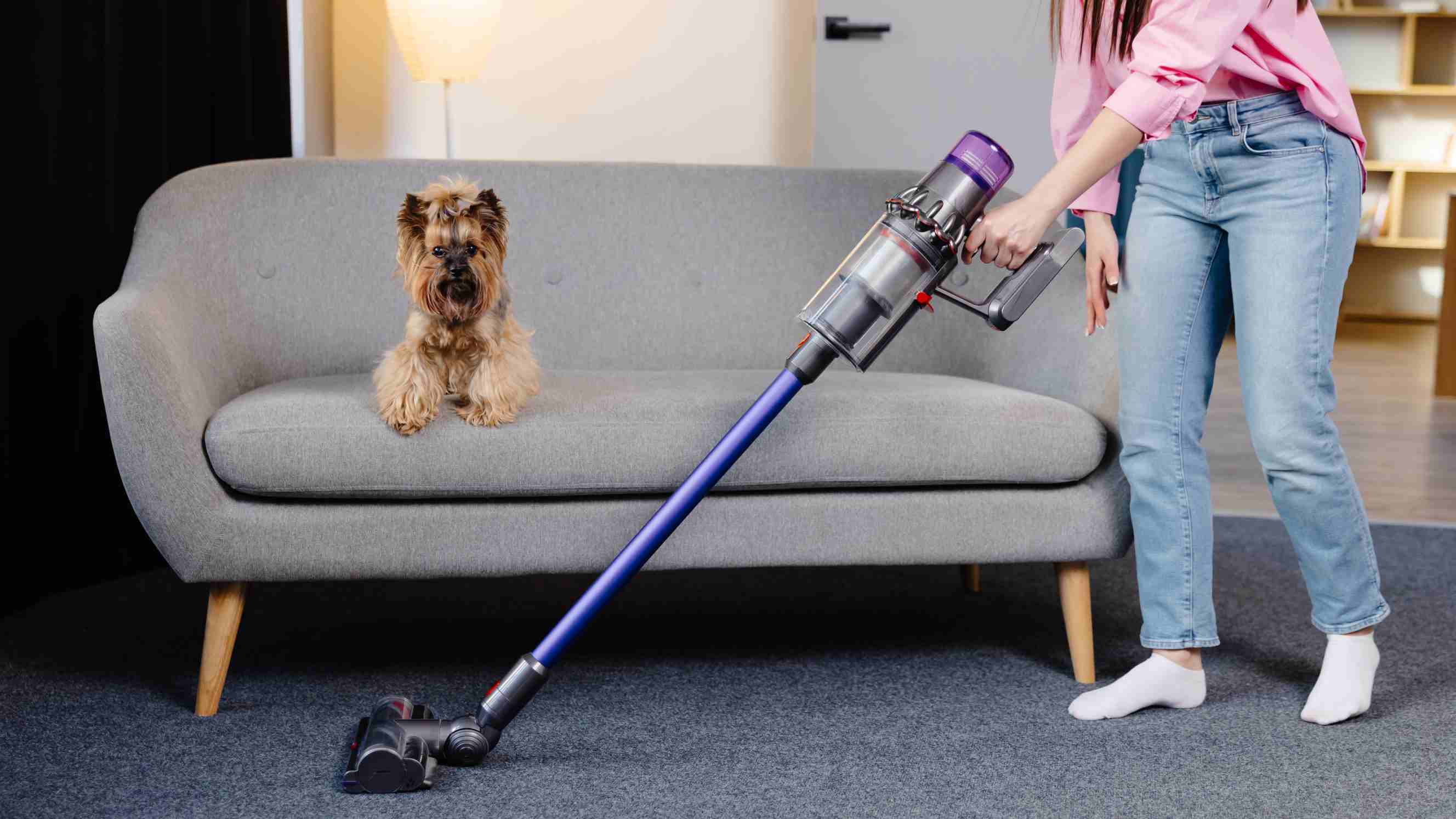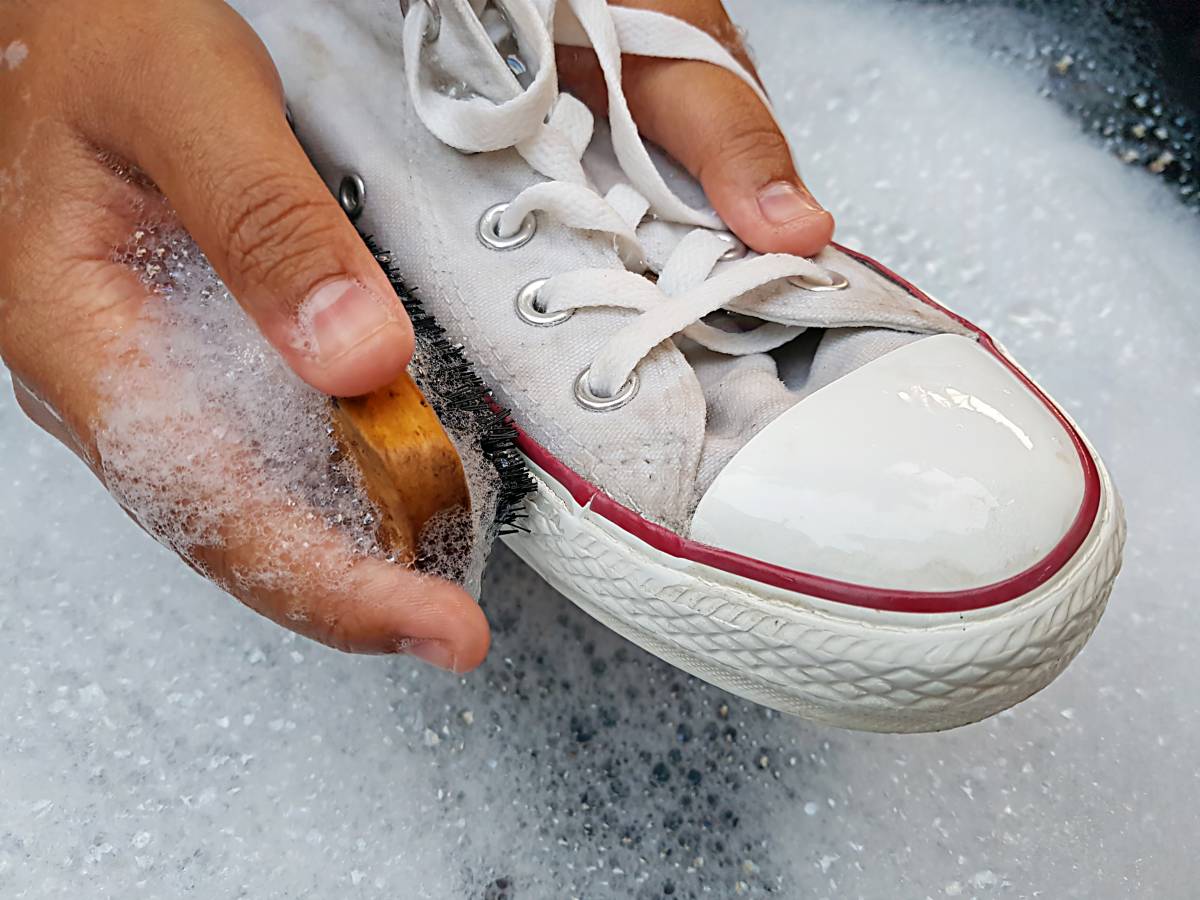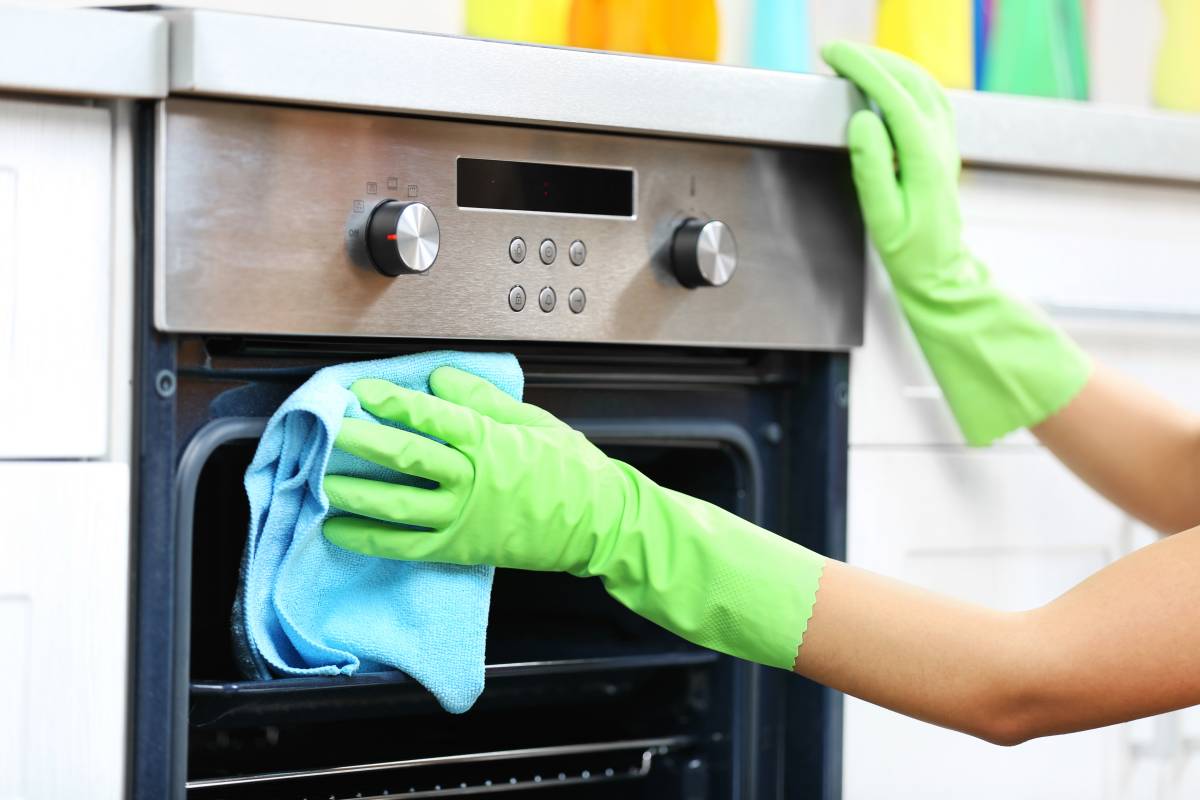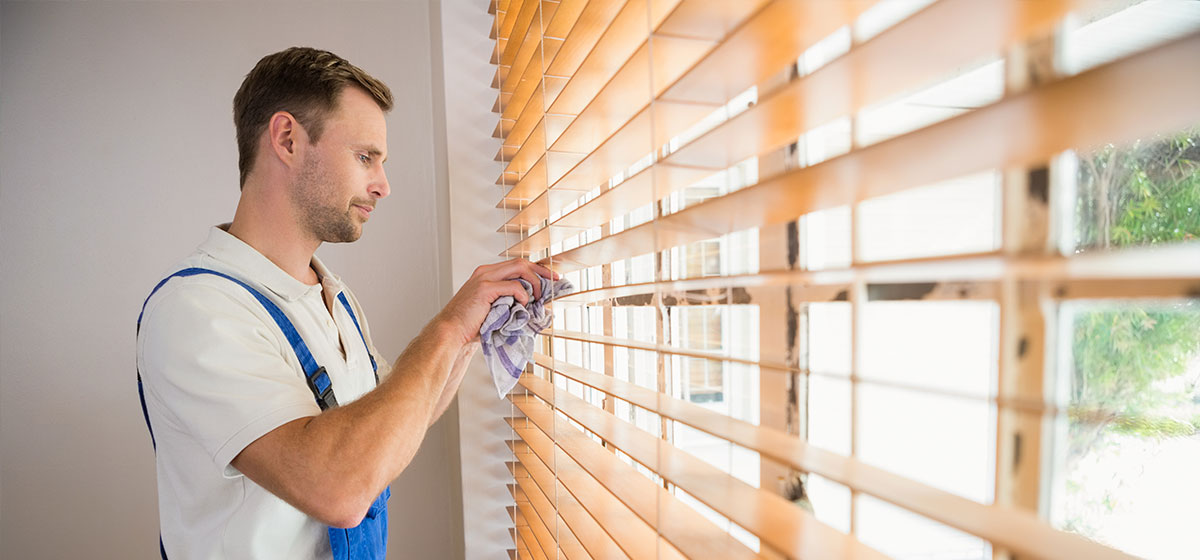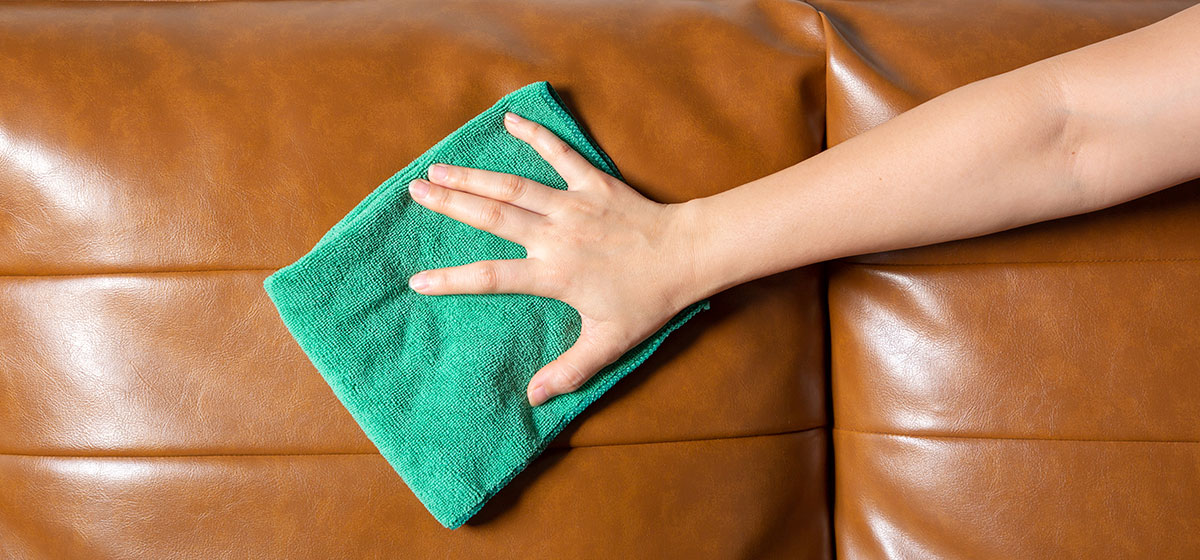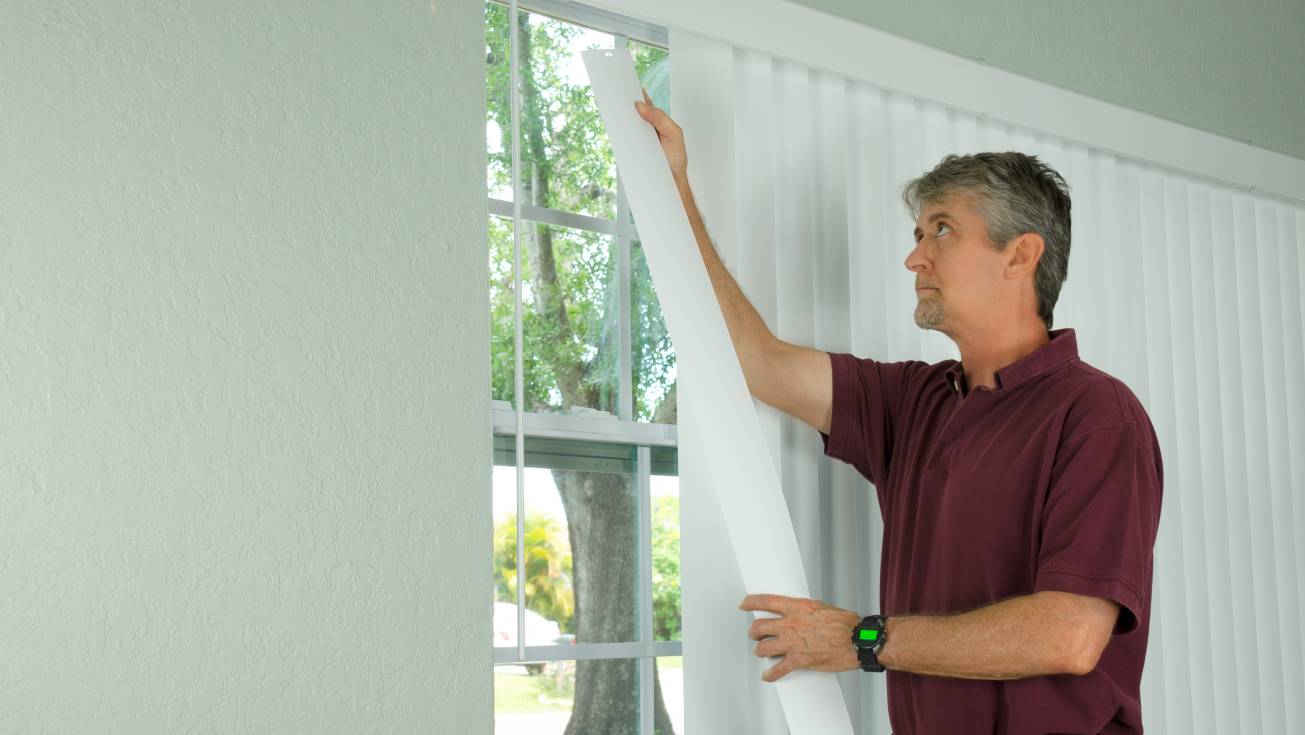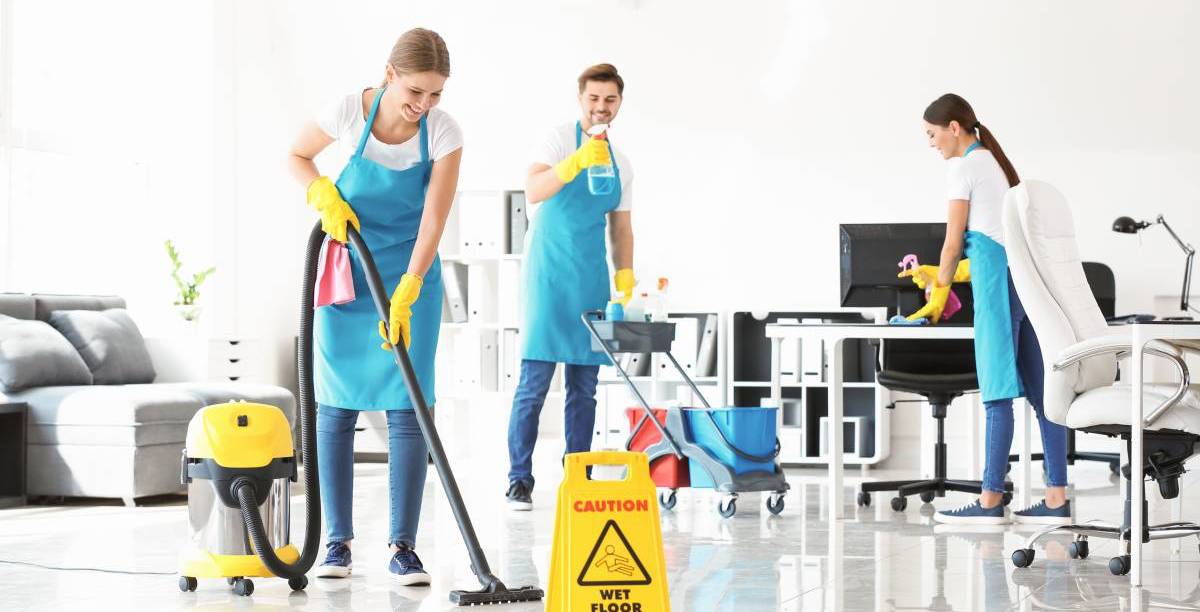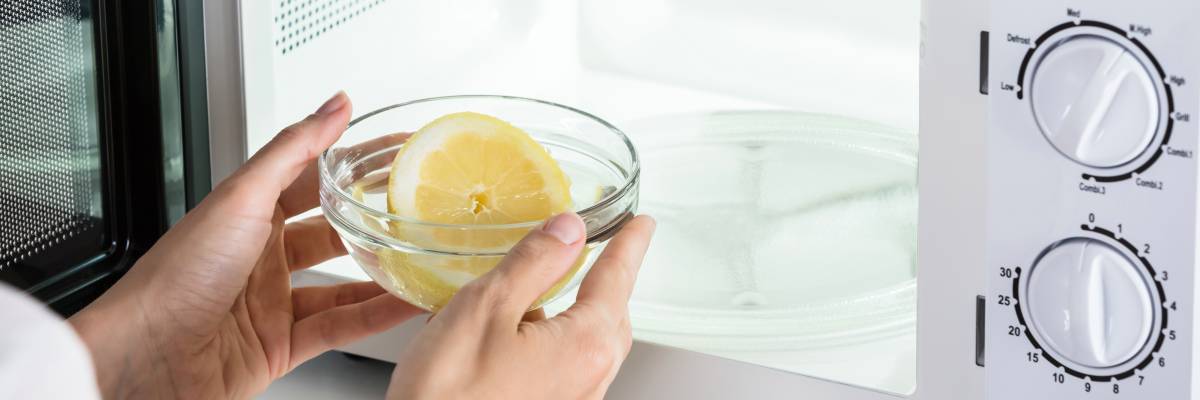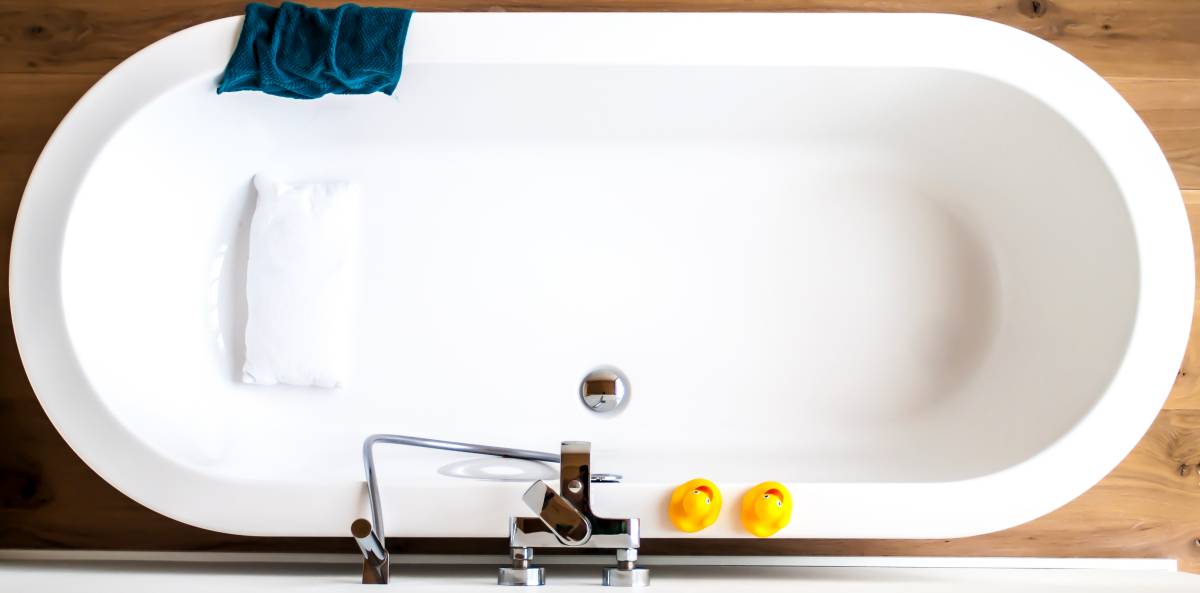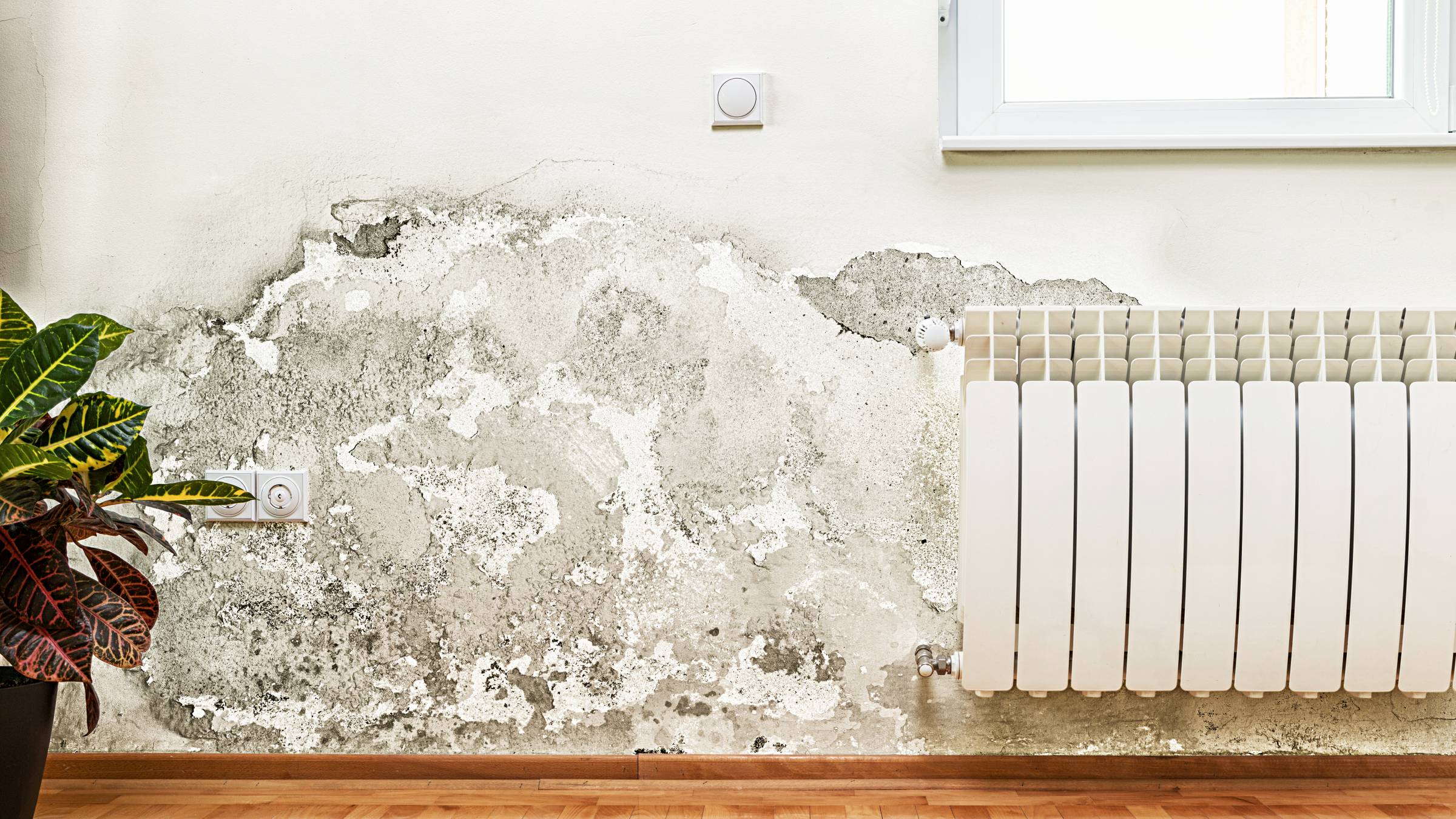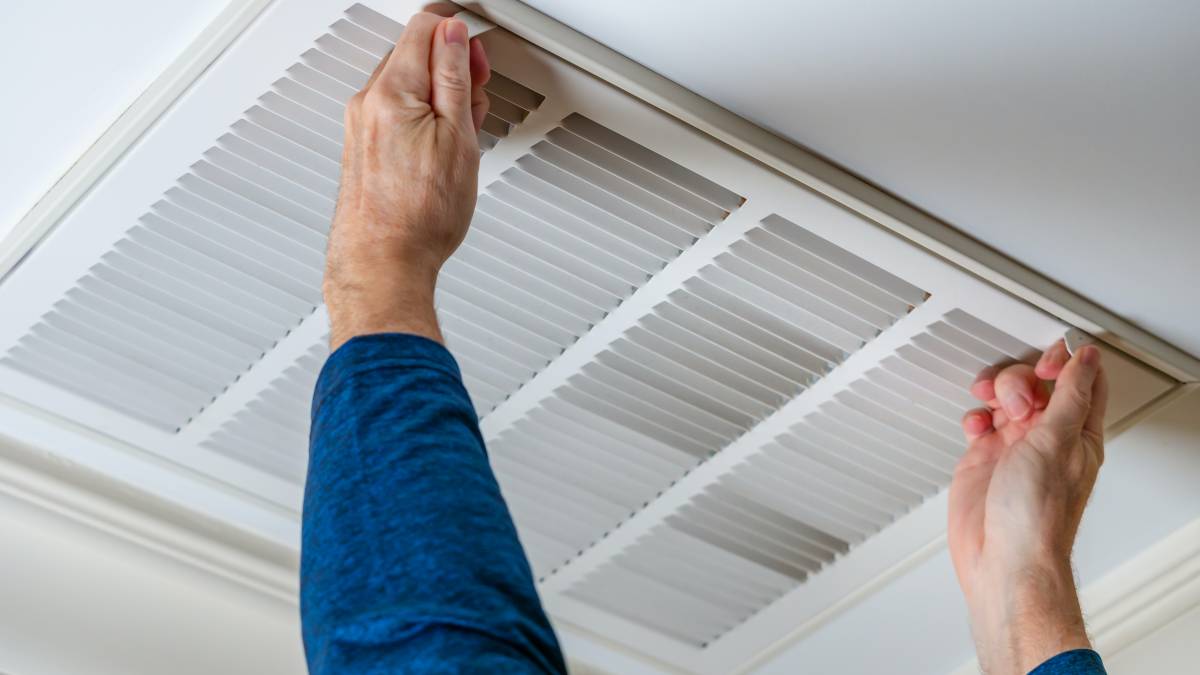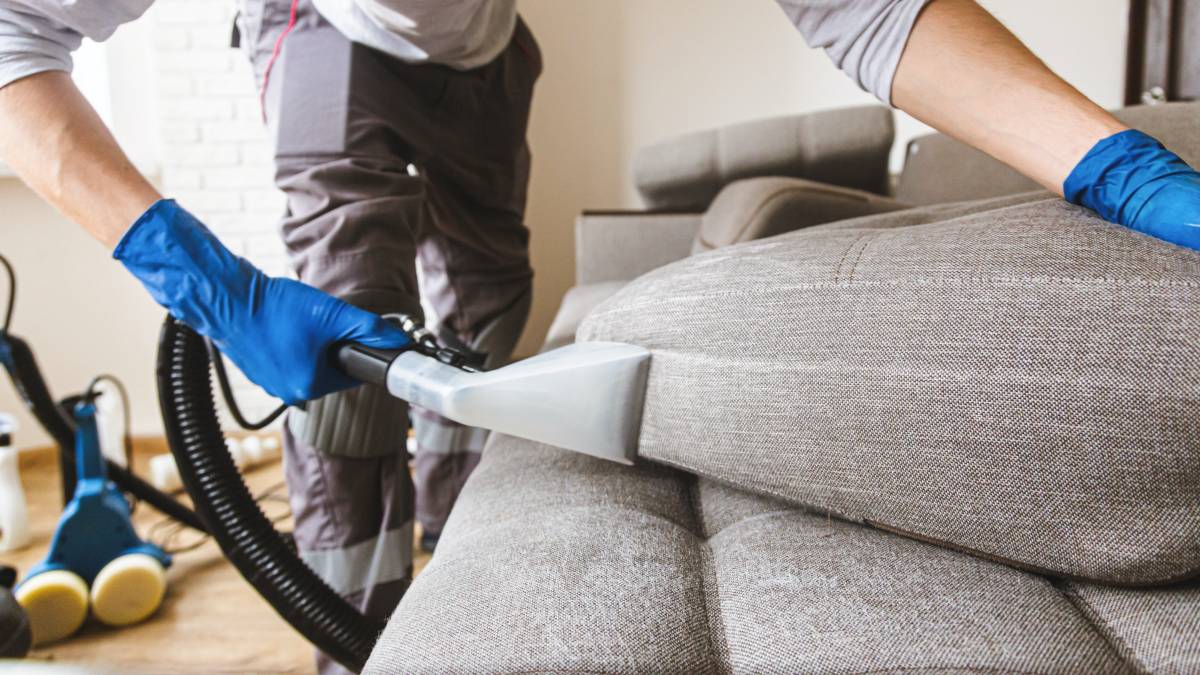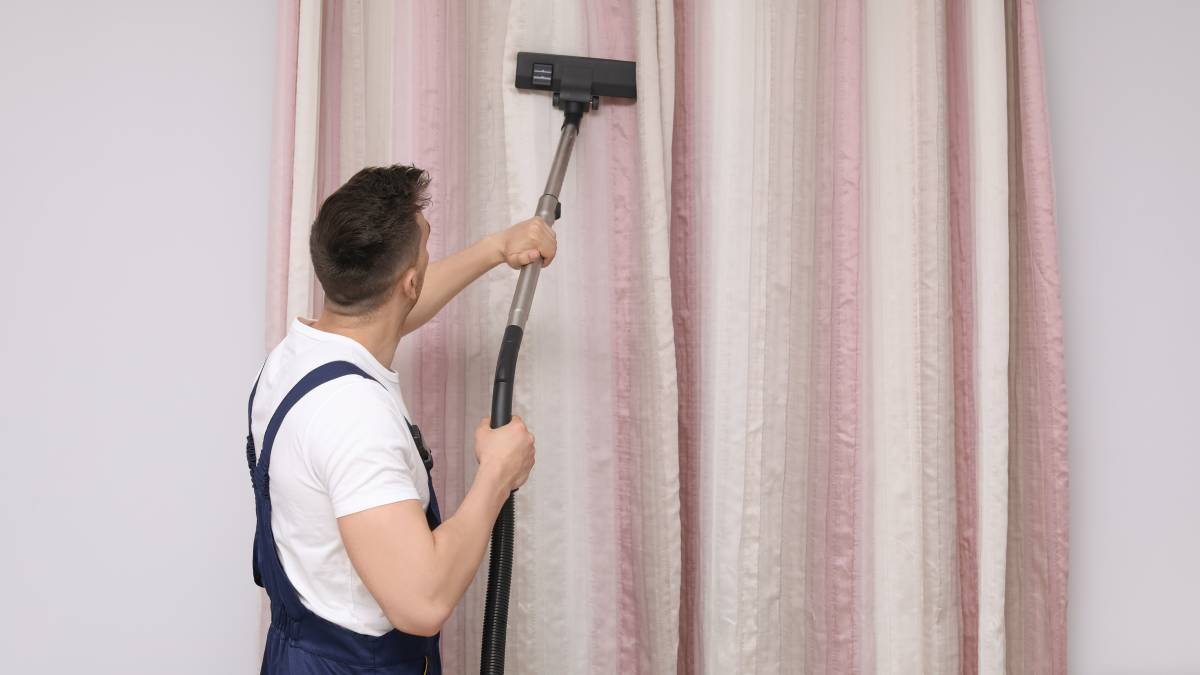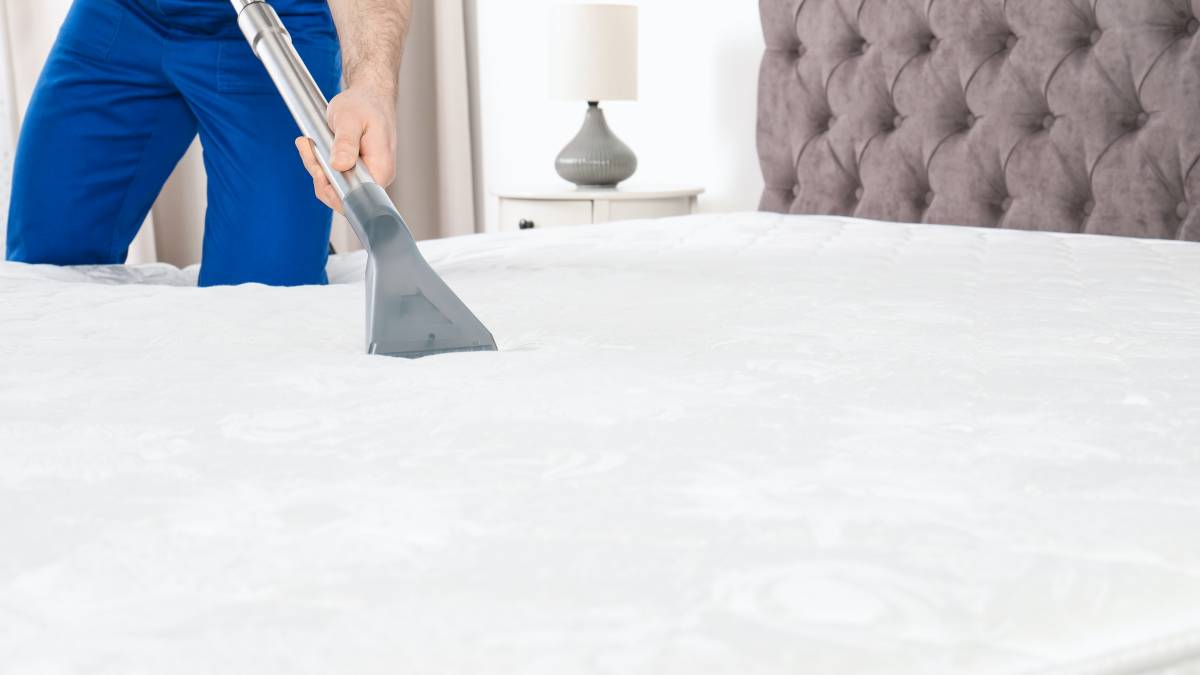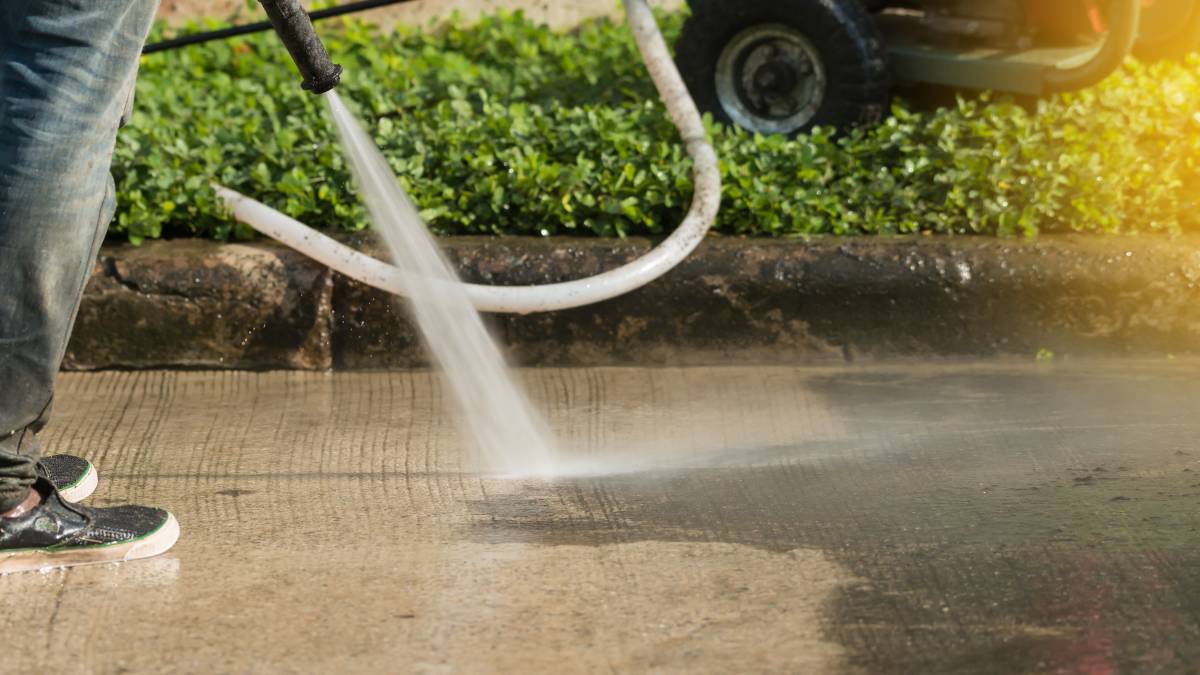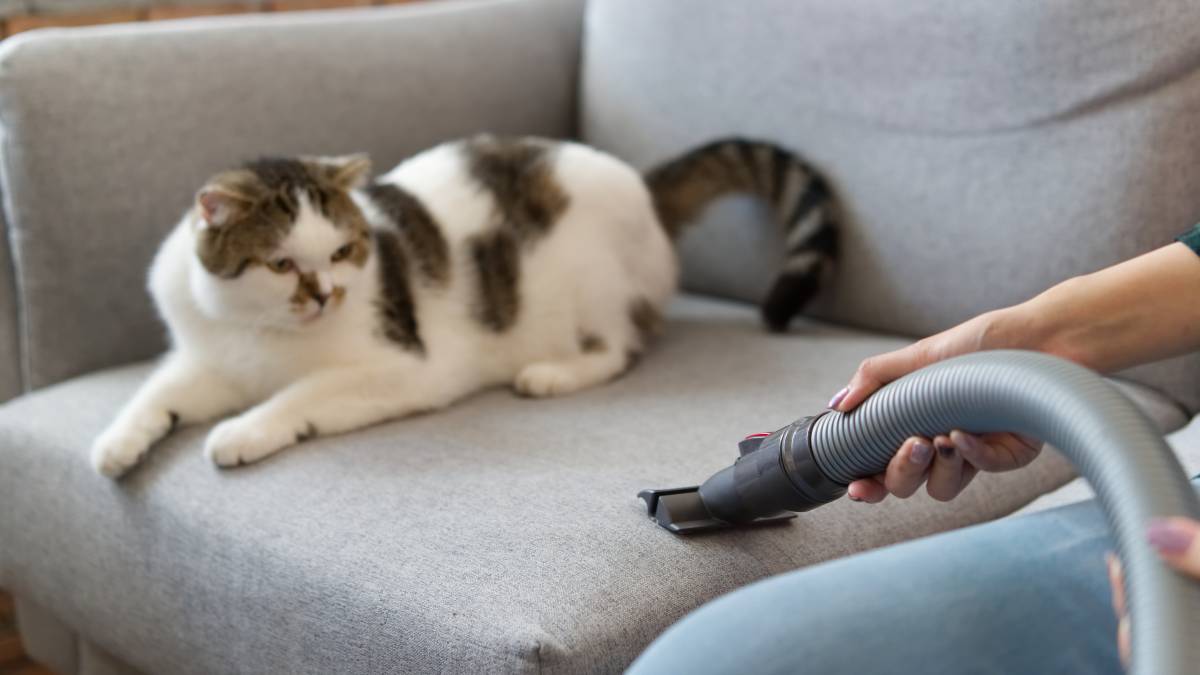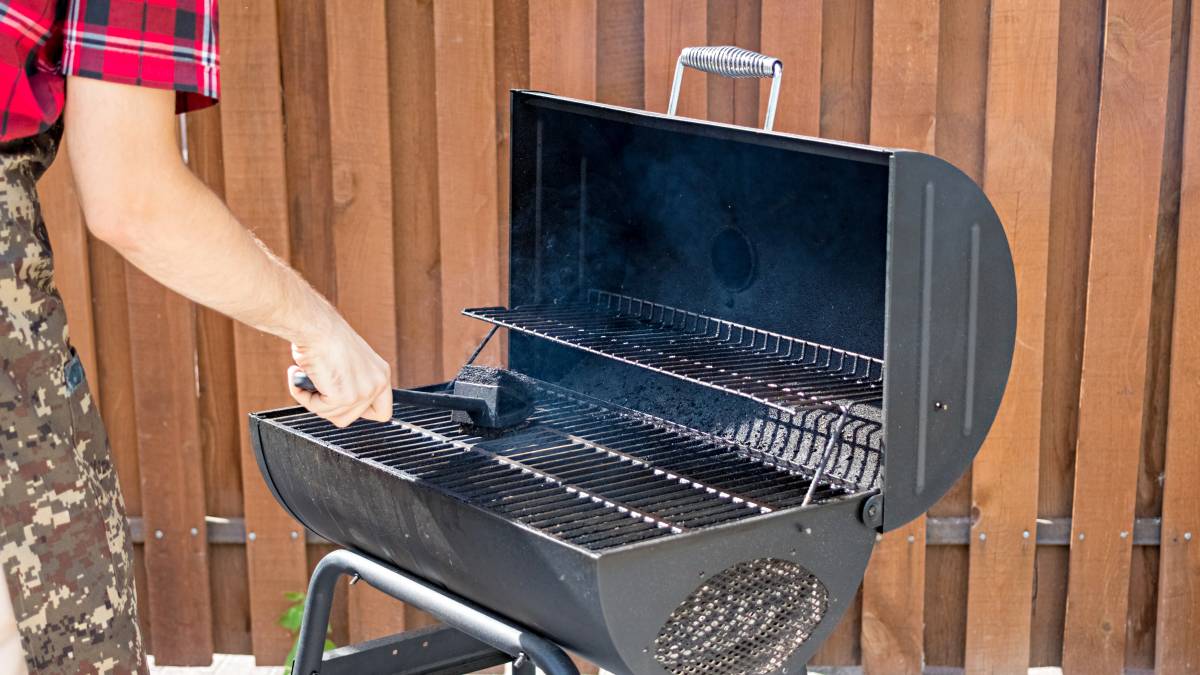- Home/
- Comparisons/
- Vacuuming/
- Cordless vs. Corded Vacuum
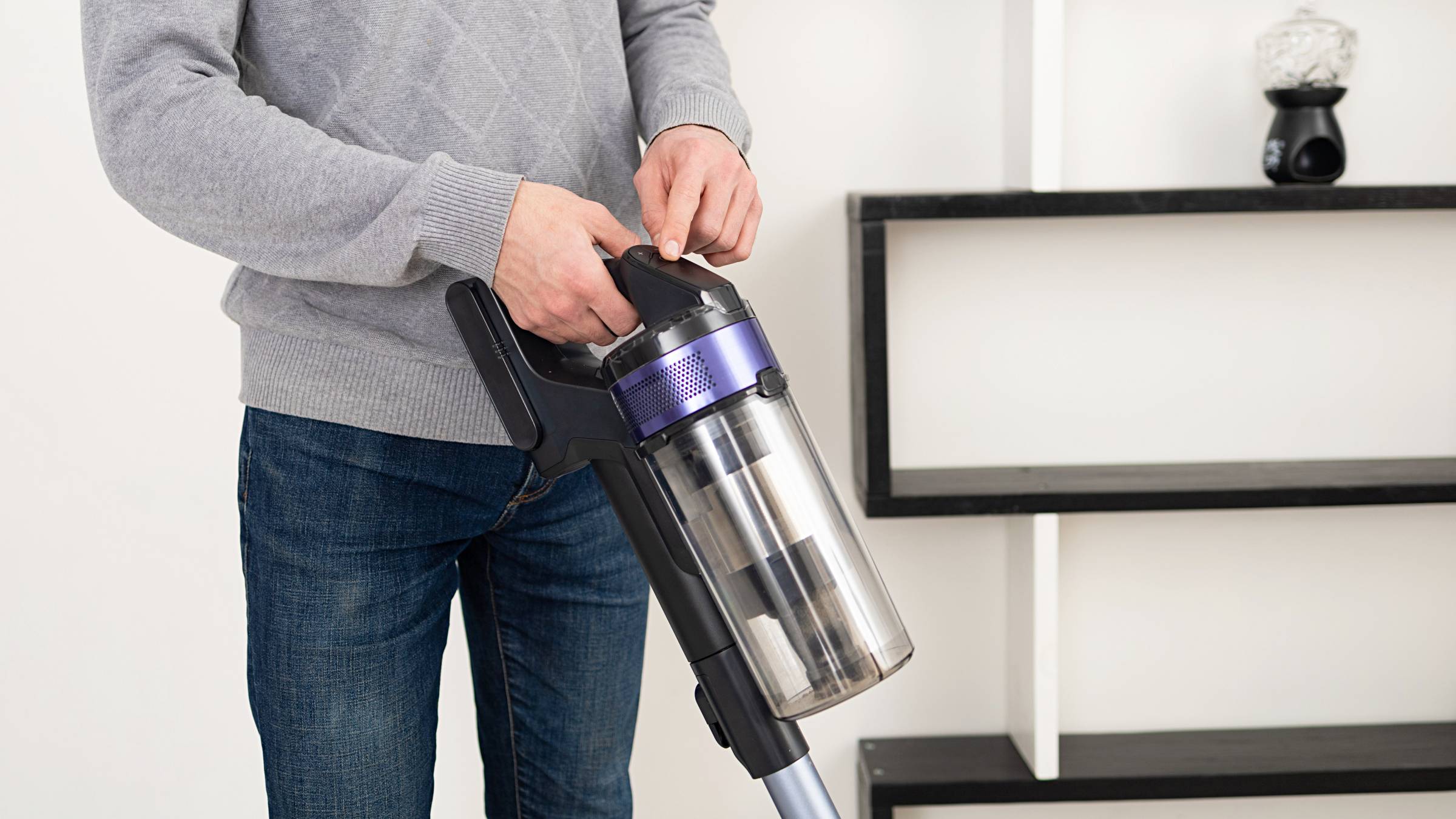
Cordless vs. corded vacuum: Which is better for cleaning?
Comparing cordless and corded vacuums based on cost, suction power, and more
Hire a vacuuming expertLast Updated on
Key Facts
- A cordless vacuum is usually a bagless, portable cleaning machine that runs on batteries such as lithium-ion. Because it is more compact and lightweight, it is easier to store. It is also more affordable than its corded counterparts. However, it is more challenging to maintain and has less power due to its short battery life.
- A corded vacuum is an electronic appliance that relies on a power source. It is often bagged and has a more comprehensive filtration system than a cordless cleaner. Although more expensive, it usually comes with many attachments and styles and has a longer service life.
Whether you’re a clean freak or not, your home deserves the best vacuum cleaner. But the modern aisles include more than the basic uprights. Some are already handheld or equipped with robotic features. So, cordless vs. corded vacuum — which should you pick?
This comprehensive guide helps you by comparing these two popular types based on many factors. These include price, dusting capacity, and more. If you need help vacuuming, this article shares a good tip, too.
Are you ready to learn more about corded vs. cordless vacuum cleaners? Read on!
When did vacuums become cordless?
The first hint of corded vacuums goes back to 1860 when the Iowan Daniel Hess invented a “carpet sweeper” that used air to suction dirt. The problem with this, and the early designs, was the machine’s bulkiness. Hess’s work, for example, required two people to carry it.
Nine years later, vacuum innovations appeared. Before you know it, the nifty home appliance slimmed down and came packed with attachments for more convenient cleaning.
Despite the better technology, the old-fashioned types included long cords. People needed cordless vacuums, but they didn’t happen until countries needed to send astronauts into space.
During the tight space age, the United States government needed power tools that were safe to use in zero gravity. These included a drill that could extract core samples from the moon without entangling anybody. Only one business seemed to possess the know-how and technology: Black & Decker.
Black & Decker saw through the project and milked their newfound breakthroughs for their consumer products. The government project accelerated the company’s research and development for many of its appliances, including battery-operated, portable vacuums.
The team went through some trial and error and experienced tepid sales in the beginning. But with ingenuity and creativity, Black & Decker eventually hit the jackpot in 1978 with Dustbuster, an angled, nozzleless cleaning machine with good suction power and quick storage. The rest, as they say, is history.
Are corded vacuums still popular?

The vacuum-cleaning industry remains enormous. Research shows it could achieve a compound annual growth rate of 4.4% by 2028. The global market size and share could be over $55 billion by the end of the forecast period.
The demand for a cordless vacuum cleaner also continues to expand. However, most homes still prefer corded vacuums. They are available in various styles, dusting capacity, and suction power. Although they are less convenient to carry, their cords are now longer. This allows homeowners to cover more spaces in less time.
Corded vs. cordless vacuum: Which is better for your needs?
The stress-free cleaning method is to hire professionals to do it for you. You can book them weekly or monthly and choose your preferred service. For example, you might opt for only carpet cleaning or pay for deep cleaning.
But for everyday home maintenance, vacuum cleaning machines are your best friend. It’s just a matter of choosing which between corded and cordless vacuums is better for your needs. Get the answers you need by comparing cordless and corded vacuums below.
In terms of cost
In general, cordless vacs are more affordable than corded ones. You can already buy one for less than $80 on Amazon. Corded standard vacuums could cost around $120. The price difference is due to many reasons.
For instance, cordless ones have fewer moving parts. They are cheaper to produce and maintain. Additionally, non-corded vacuums do not increase the electricity costs.
However, unlike their cordless counterparts, the cost of corded vacuum cleaners usually includes their attachments. These include a crevice tool to save cleaning time on tight areas, a wand to dust long curtains, and various brush tools for upholstery, flooring, and car seats.
Their prices also vary according to their brands and designs. A corded stick vacuum is usually more affordable than an upright and a cylinder because it has fewer parts. Battery-powered cordless robots are some of the most expensive, with prices reaching $300.
Meanwhile, a Dyson vacuum cleaner often carries a heftier price tag than a Shark model. It could be due to brand perception; most people associate the former with innovation and the latter with value for money. Shark also seems to have more options for corded and cordless vacuums at different price points.
In terms of suction power
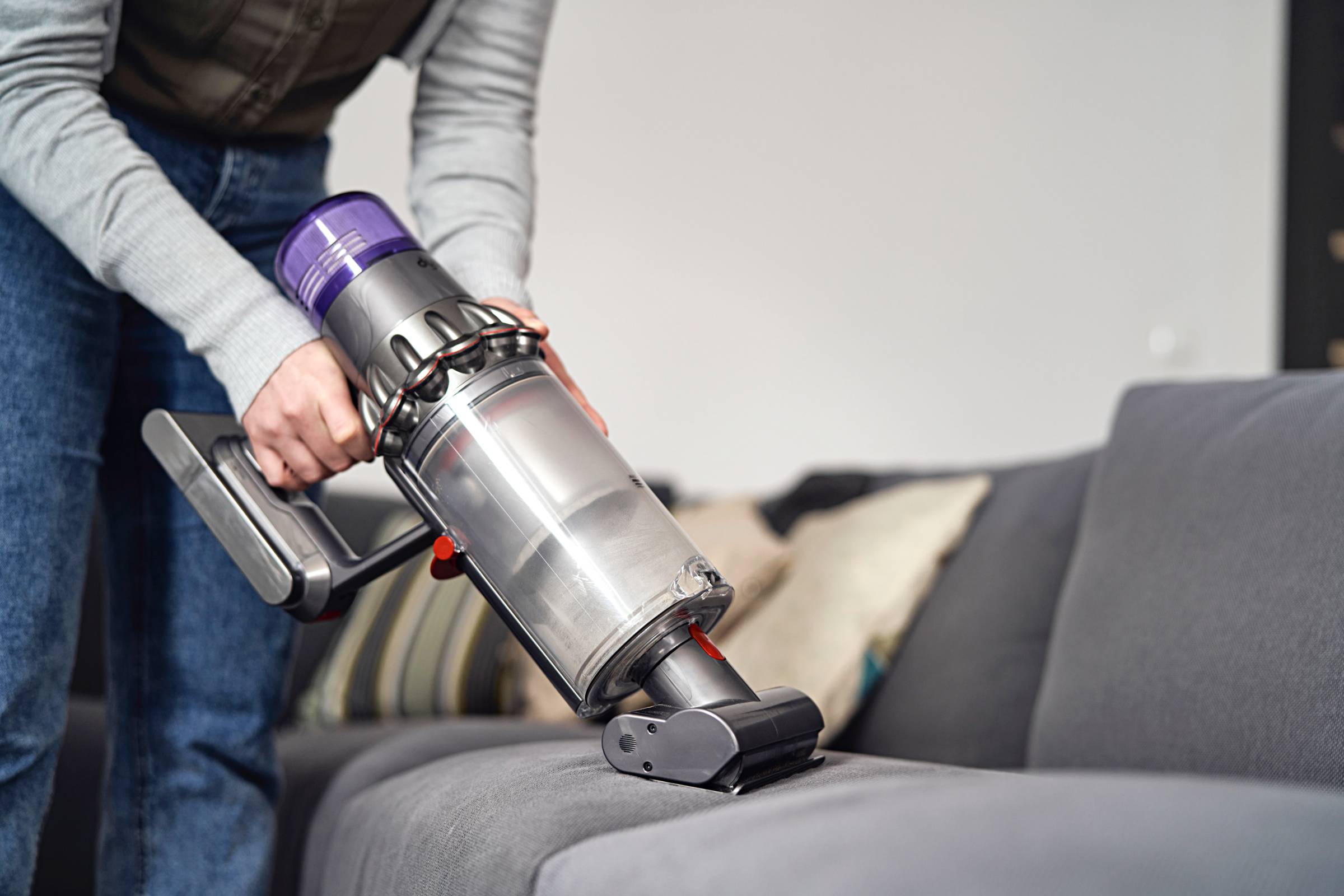
How do cordless vacuum cleaners work? They function like their corded counterparts, except they run on batteries. This means that corded models usually have more suction power from the get-go for two good reasons: excellent motor and power source.
The cord delivers electricity to the motor, allowing it to reach high-power mode. Concerned about cordless vs corded vacuum suction power? A typical corded vacuum can produce up to 200 air watts, while a cordless machine creates between 70 and 150 air watts.
With a cordless cleaner, the suction is excellent initially but starts to wane as power depletes. The good news is that battery technology is improving. This is especially true with higher-end lithium-ion, battery-powered handheld vacuum cleaners. The Levoit, for instance, has a runtime of 50 minutes.
In terms of dust capacity
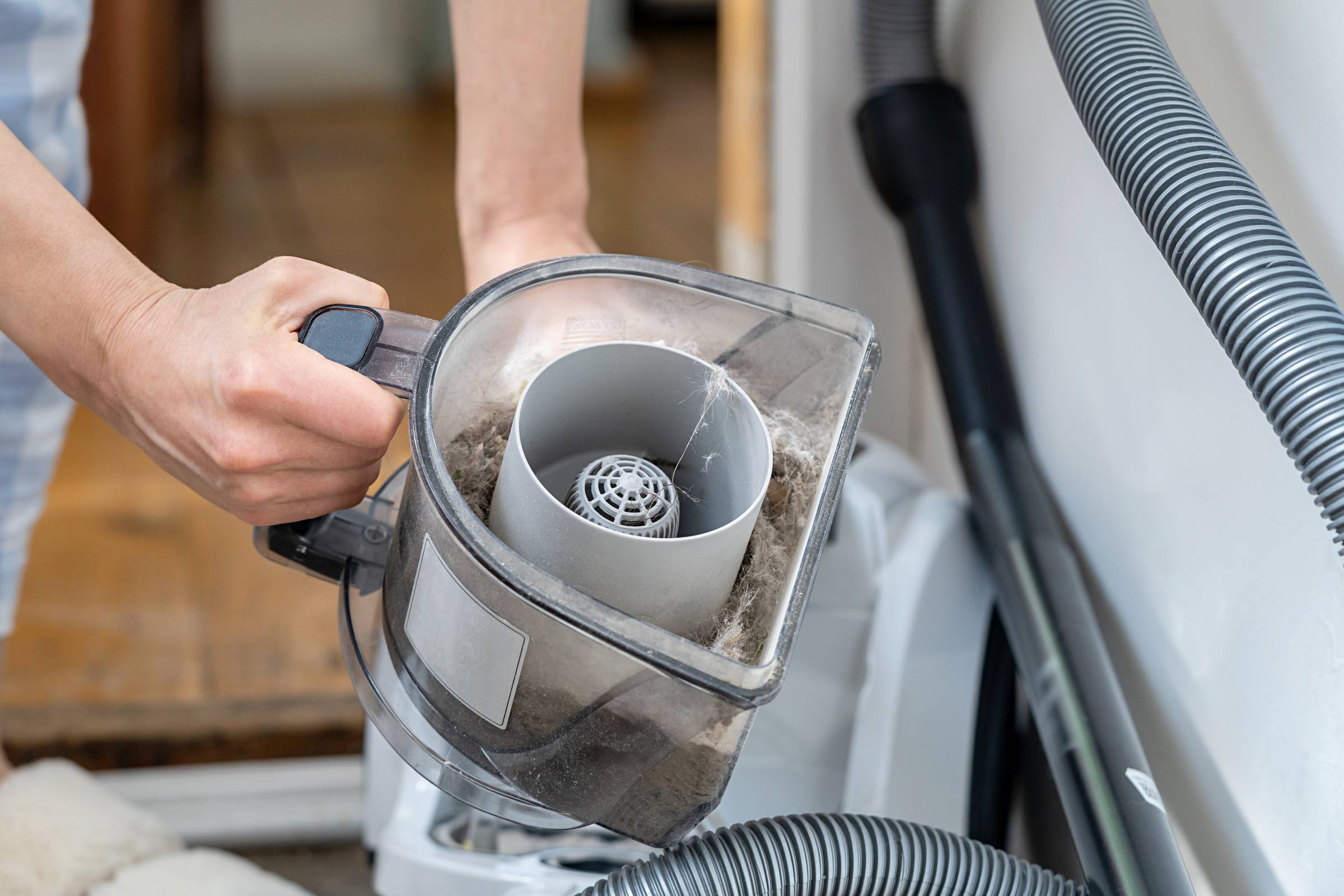
When it comes to dust capacity, corded models win. They have larger bins holding between 0.5 to a liter of debris. Many cordless vacuums can store about half because of their size and runtime.
But other factors also affect the machine’s ability to suction and store dirt:
Type
Upright and canister vacuum cleaners usually have bigger bins than sticks. Hoover’s Breeze Evo, for example, stores up to three liters of debris. Shark’s cordless stick, which transforms into a handheld, has a one-liter capacity.
Filtration system
Better filtration systems separate more dust and debris into the dust bin rather than letting some particles back into the air. Cyclonic filtration, HEPA filters, and multi-layered systems help improve dusting capacity.
Brushes
Vacuums with motorized brushes and beater bars that agitate carpeting help loosen and suck up more embedded dirt and dust.
In terms of portability
When looking for convenience, should you pick a cordless or corded vacuum cleaner? No question, cordless vacuums are the winner in this department.
First, they’re lightweight, some of which are handheld. The Dyson V12, for example, is no more than 5 pounds. Shark’s 2-in-1 cordless model is even easier to carry at around 3 pounds. Second, cordless options are more straightforward, making them a favorite of professional floor cleaners offering basic services. Lastly, they seem safer to use because you won’t have to think about tugging or stepping on a power cord.
However, corded vacuum cleaners are usually more flexible, especially with functions. Upright vacuums are heavy but are great for lifting dirt from carpets and rugs because of their powerful suction. Then canisters with power nozzles are usually effective in maintaining deep-pile carpets while maneuvering tight corners and stairs. As for stick cleaners, they’re suitable for bare floors and low-pile rugs.
Newer models already come with power cords spanning 16 to 22 feet to let you cover more areas without lifting the machine or plugging it someplace else.
In terms of noise level
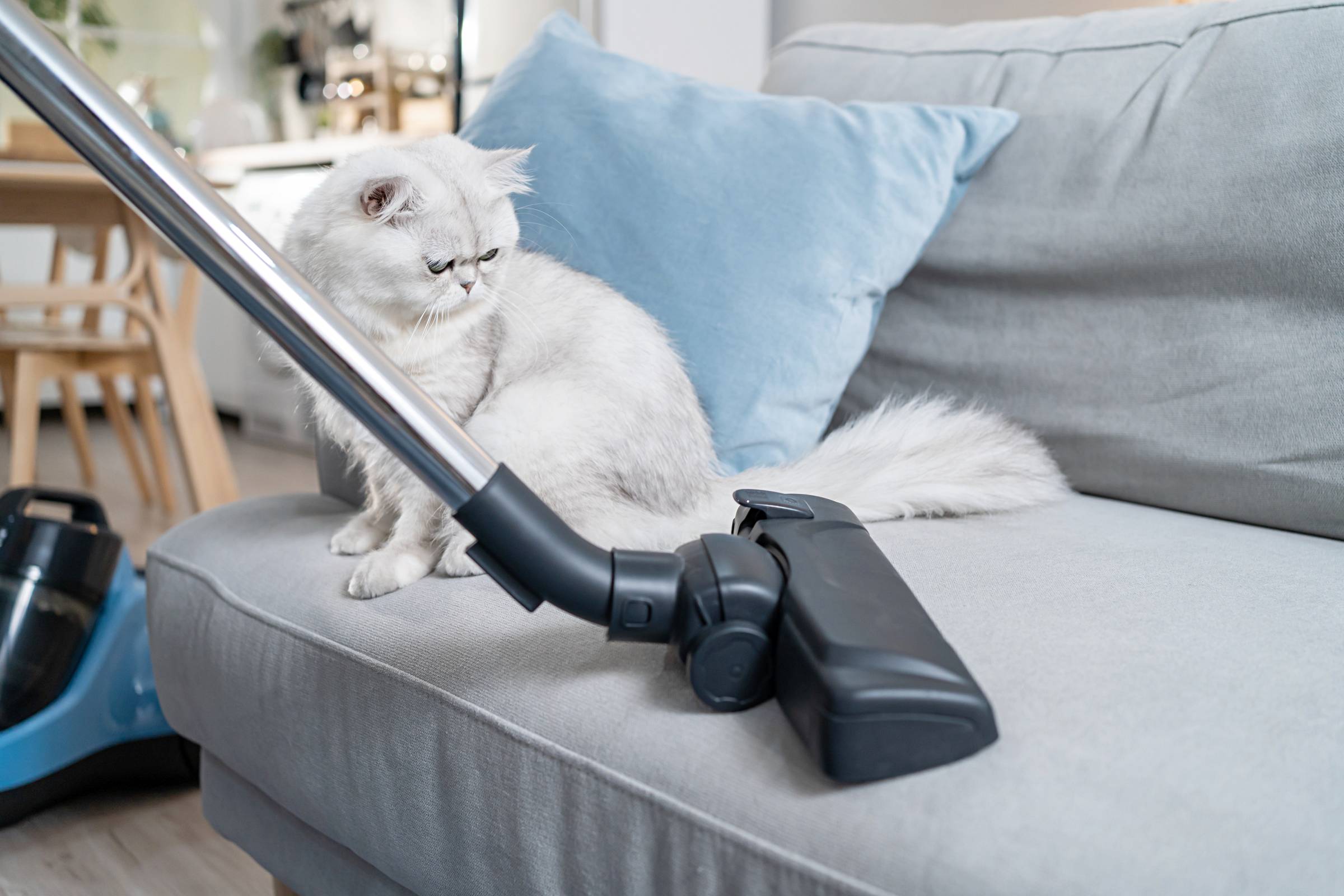
Between corded and cordless vacuums, the former produces more noise for a couple of reasons. A standard corded vacuum cleaner has a higher power draw that generates more heat. This heat causes the motor to vibrate more. Others run on larger motors that amplify noise.
However, some cordless vacs are exceptions to this rule. High-end cordless models, for instance, can be just as noisy because of their bigger and more powerful motors.
The ideal noise level for vacuum cleaners should be below 70 decibels to avoid the long-term health effects of noise. The Hoover TX63SE 011 Telios is one of the corded vacuums that meet this criterion at only 64 decibels. Meanwhile, Rowenta has some of the quietest models in the market today.
In terms of durability/maintenance
A vacuum cleaner’s average service life is around 8 to 10 years, but the actual longevity depends on several factors. These include the type.
Cordless vacuums usually last 3 to 4 years because of their limited battery life. Highly efficient lithium batteries are good for only 2 to 3 years or up to 500 charge cycles, whichever comes first.
Meanwhile, corded vacuums, particularly uprights and canisters, are useful for 7 to 8 years. This is because they have been designed to last. Their bodies, for instance, feature high-quality plastic that withstands impact. Their motor deteriorates more slowly, too.
How about maintenance? The corded vacuum cleaner is more straightforward to maintain. It has a longer emptying interval with its high-capacity dustbin. But it requires more intensive upkeep, from bag replacements to belt changes and brush cleaning.
In terms of eco-friendliness
Whether a corded or a cordless vacuum cleaner is eco-friendly or not depends on some factors:
Bags
A traditional corded vacuum cleaner is bagged, which allows it to have a strong suction power. Once you are done cleaning, you remove the bag and dispose of it. Cordless ones, meanwhile, are lighter and more compact because they are often bagless. However, when comparing bagless and bagged vacuums, the latter are more likely to contribute to land pollution.
Filtration system
Both types of vacuum cleaners have filtration systems to keep dust, debris, and pet hair inside. However, corded vacuums usually include more stages and use higher-quality HEPA filters. This matters because poor filtration often means more repetitive cleaning, which exhausts the battery of a cordless vacuum or lengthens electricity use. It also lets pollutants escape the machine, contributing to indoor pollution and allergens.
Power source
Cordless vacuums are more complicated to dispose of when their battery dies, while the manufacturing process uses around 500,000 gallons of water per tonne of lithium. On the other hand, corded vacuums indirectly contribute to air pollution due to their need for fossil fuels.
Vacuum your home well with Airtasker
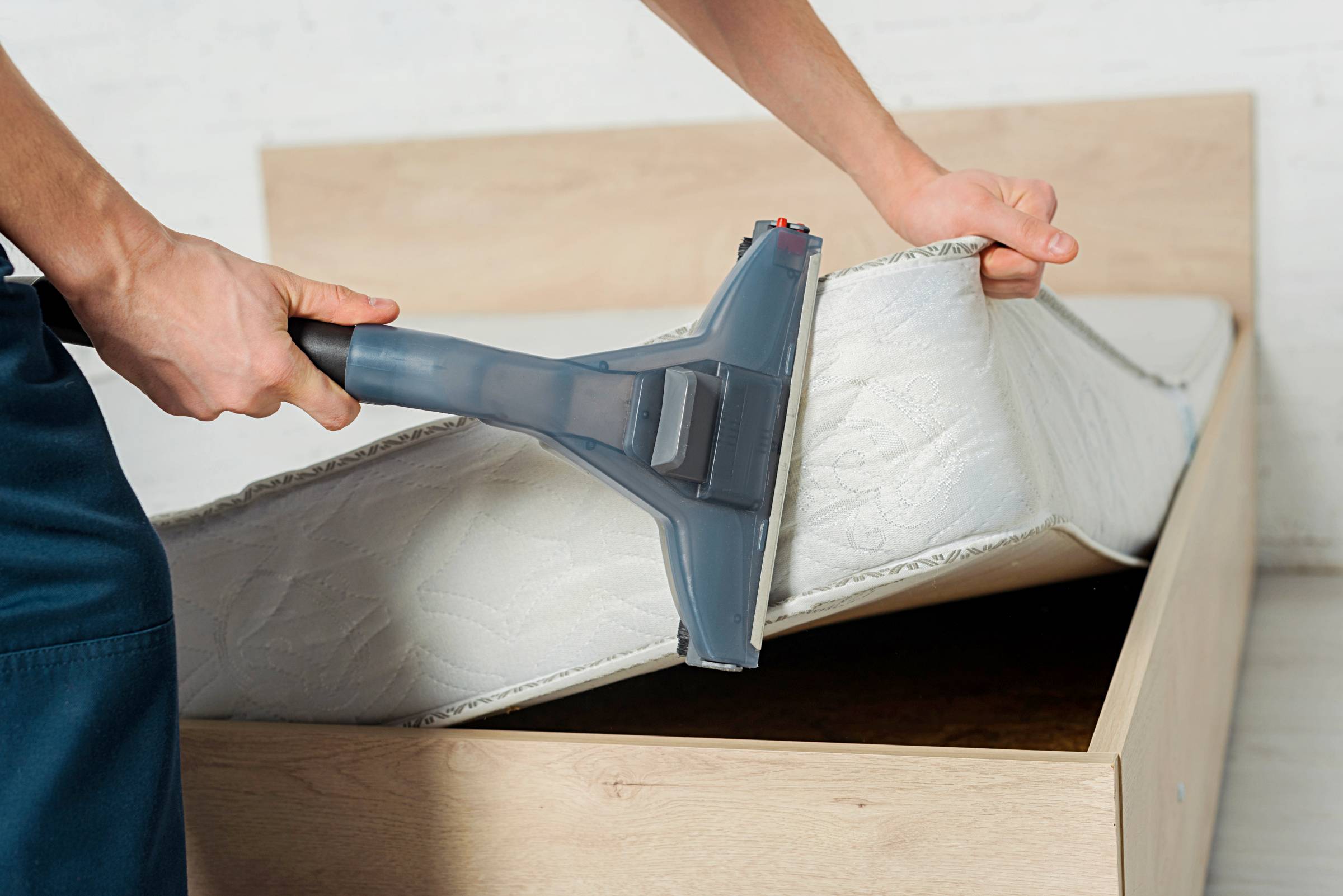
Maintaining dust-free, allergen-free floors is essential for optimal health and well-being. However, in today’s fast-paced world, thorough vacuuming often gets relegated to the bottom of the priority list.
Airtasker eliminates this dilemma by offering a network of house cleaning professionals with industrial-grade equipment. These experts can also tackle various challenges, from pet hair removal to cobweb elimination.
Finding the best pro on the platform is simple:
Sign up for a free account.
Post a task. Include your budget, timeline, and specific cleaning needs.
Wait to receive proposals from Taskers.
Ultimately, are cordless vacuums as good as corded ones? Yes, they can be, thanks to the latest innovations. But if you want to take a break from DIY vacuuming, count on Airtasker. You can say goodbye to tripping over cords or struggling with a heavy device in hard-to-reach spots.
Cordless vs. corded vacuum
| Cordless Vacuum |
Corded Vacuum |
|
|
Cost |
Cheaper to buy |
More expensive but usually comes with attachments |
|
Suction Power |
Ideal for light dusting |
Has excellent suction power |
|
Dust Capacity |
Has a lesser capacity to store dust unless you buy a high-end model |
Has bigger bins that can hold up to several liters of dust |
|
Portability |
Lightweight | Bulky |
|
Noise Level |
Quieter |
Noisier, although some newer models produce less than 70 decibels |
|
Durability/Maintenance |
Has a shorter service life and requires more emptying Has less-sturdy plastic body parts |
Built to last, with most units good for 8 to 10 years Less and more affordable maintenance due to stronger parts, such as motors |
|
Eco-friendliness |
Contributes to pollution with its short battery life, more frequent replacements, and less efficient filters |
Contributes to pollution with its noise and electricity use |
FAQs on cordless and corded vacuums
Yes, a corded vacuum cleaner is heavier since it includes more parts, such as bags and accessories. Because it is bigger, it also has larger bins to hold dust. Cordless vacuum cleaners usually weigh less than 7 pounds.
No, standard cordless vacuums are not ideal for large homes unless you pick newer models. They have a much longer runtime while remaining quiet. They also feature more advanced motors for stronger suction power.
Yes, cordless vacuums can work on many floor types. However, their cleaning power largely depends on the flooring type you have. For instance, the Dyson V15 is a good choice for cleaning carpets with high piles.
A corded vacuum cleaner is better for picking up pet hair because of its effective suction power that works well on carpets and rugs. Cordless vacuum cleaners, though, are efficient for quick cleaning, especially on upholstery and beds.
Find vacuuming experts, fast
Post a task
Related articles
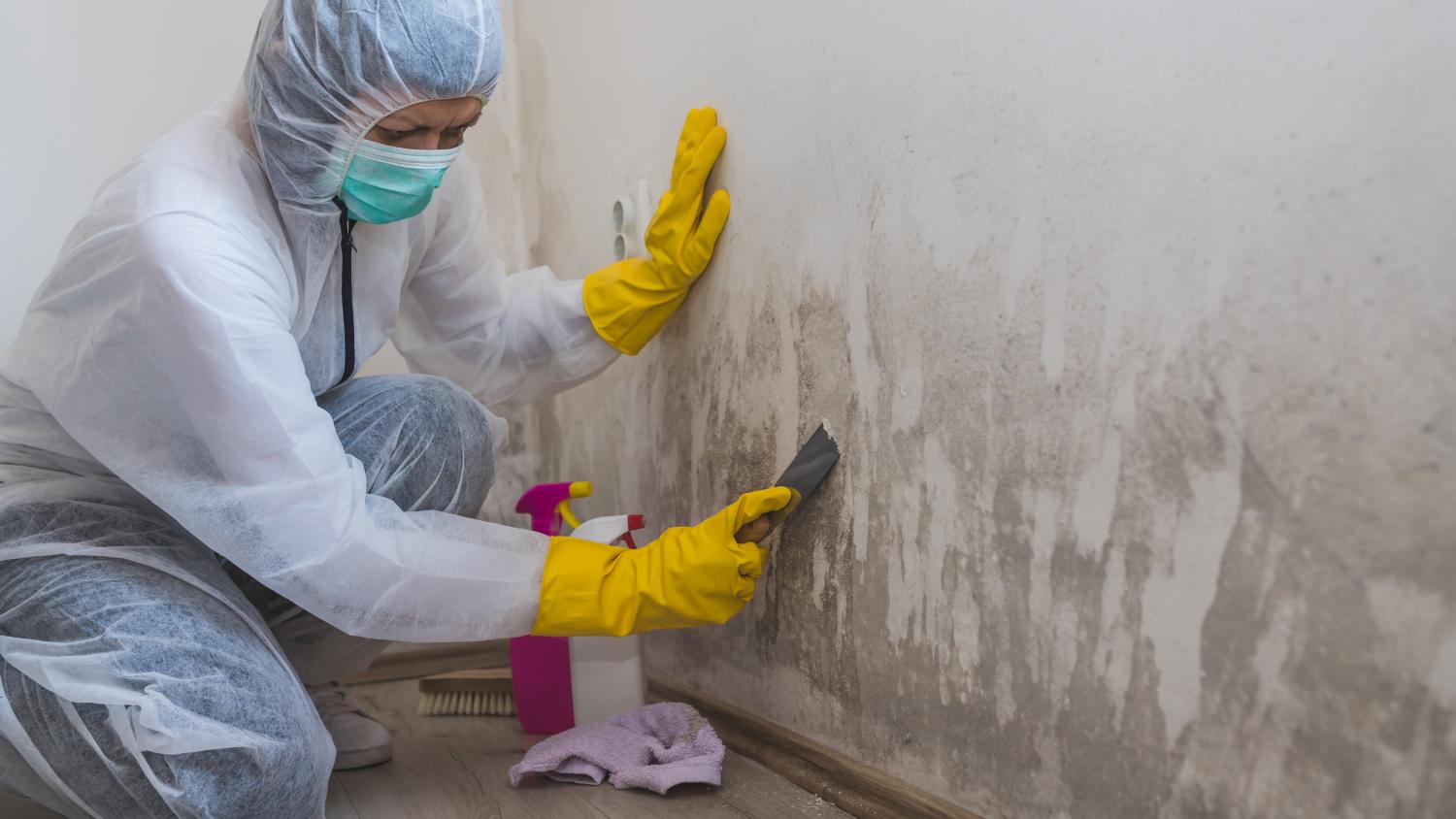
How to get rid of mold at home
Read more

How to get cleaning jobs
Read more

How to price pressure washing jobs
Read more

How to price cleaning jobs
Read more

How to get cleaning certification
Read more
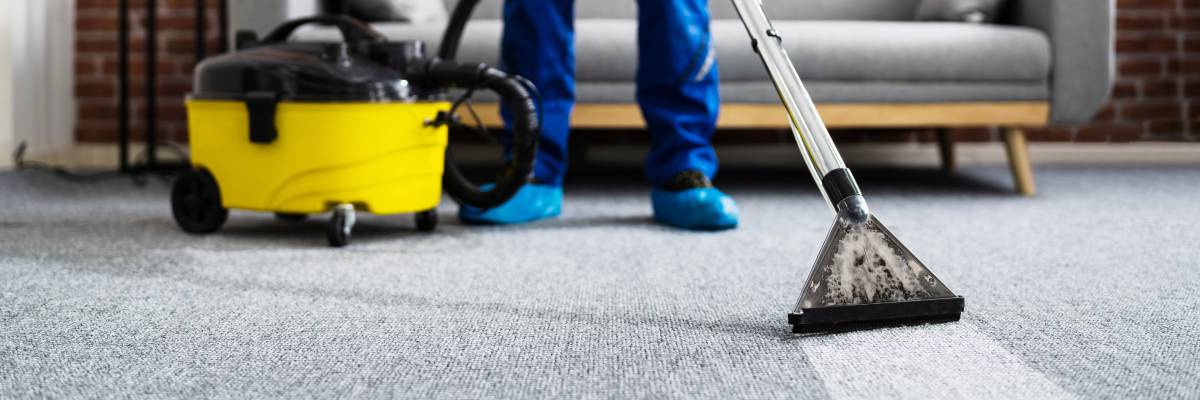
How to become a housekeeper
Read more
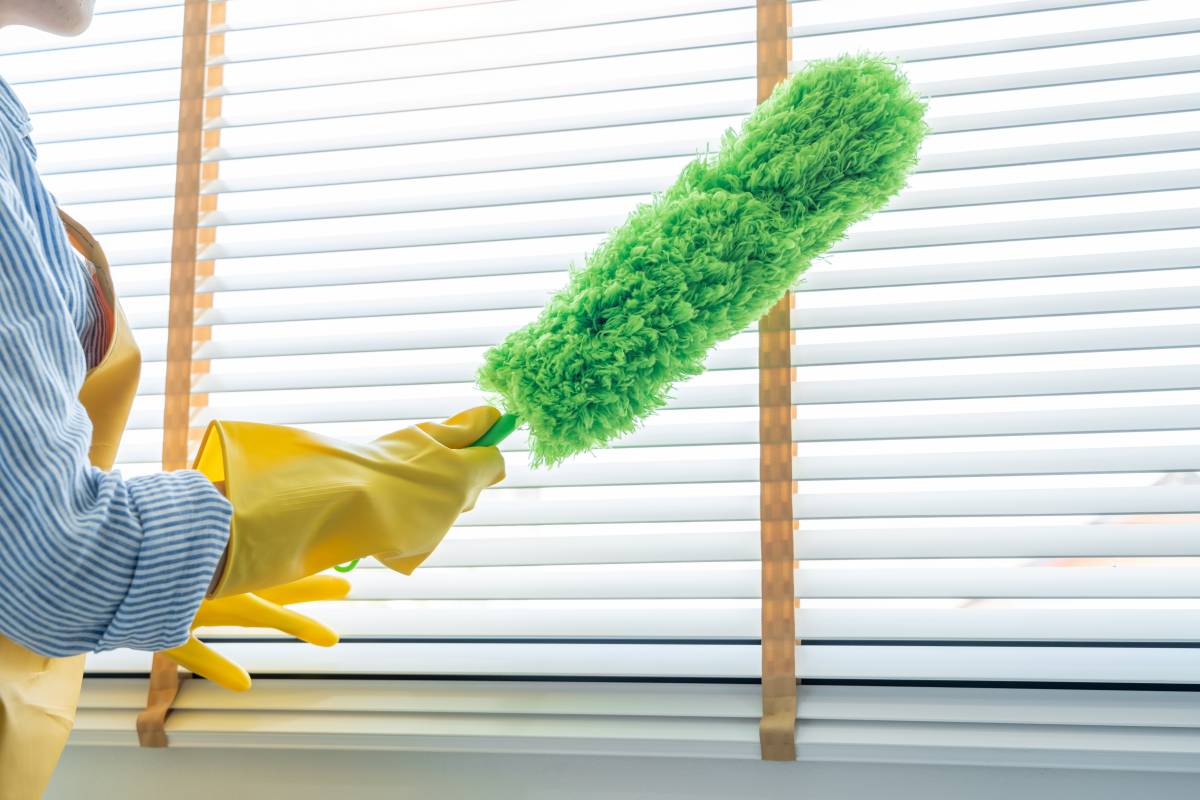
How to clean a duster
Read more
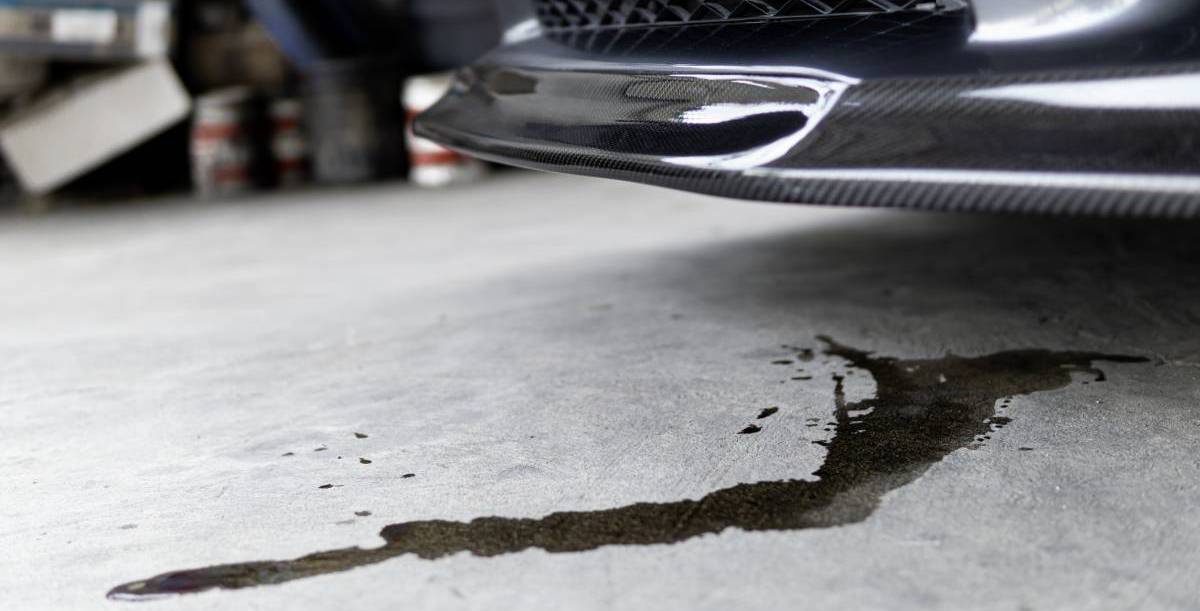
How to clean a garage floor
Read more
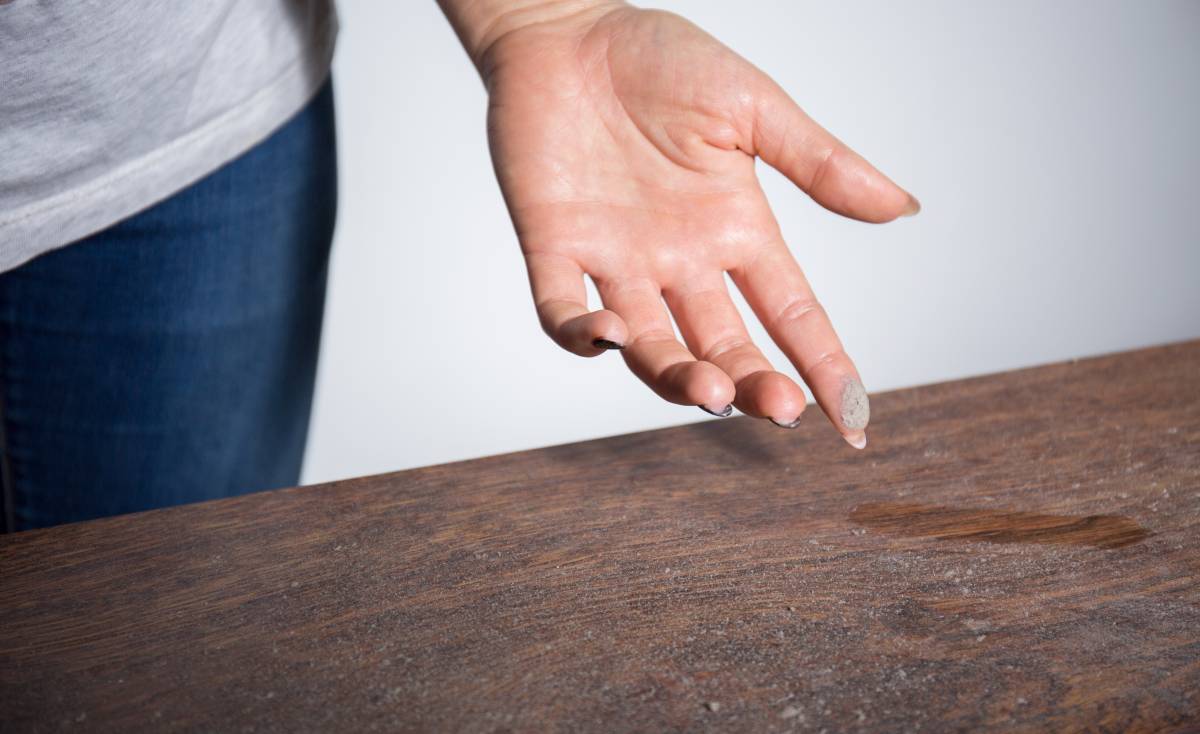
How to get rid of dust in your home
Read more

Move out cleaning checklist
Read more

The ultimate spring cleaning checklist
Read more
Related price guides
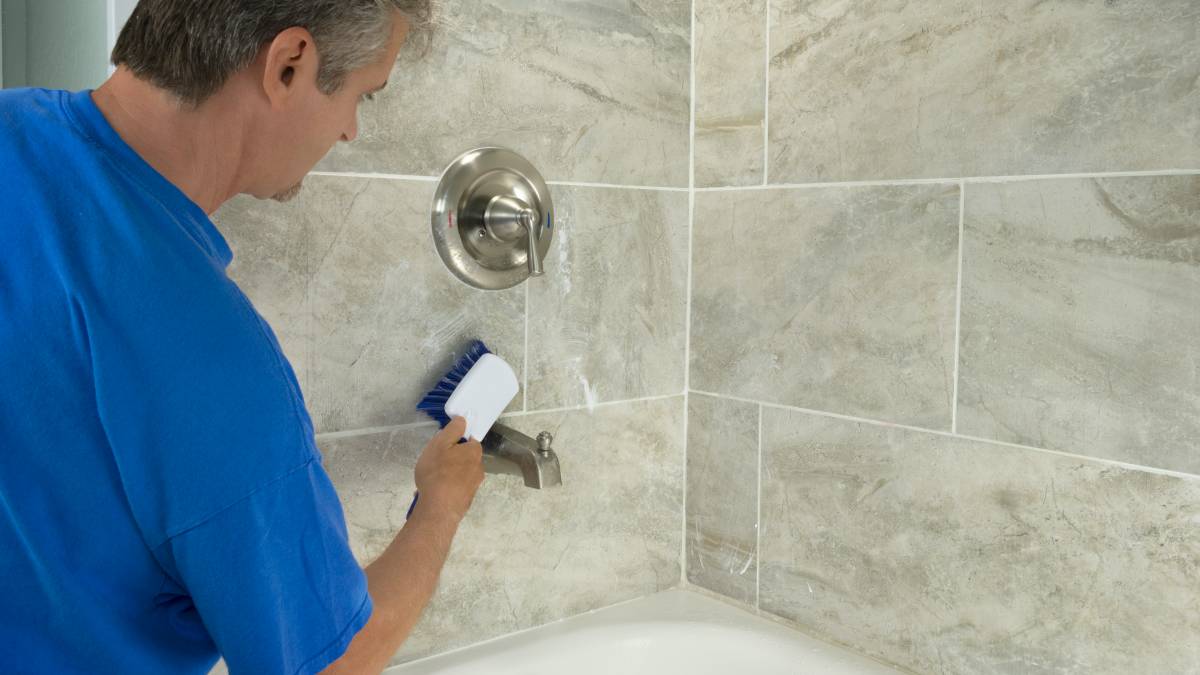
How much does tile cleaning cost?
Read more

Average price of move out cleaning
Read more
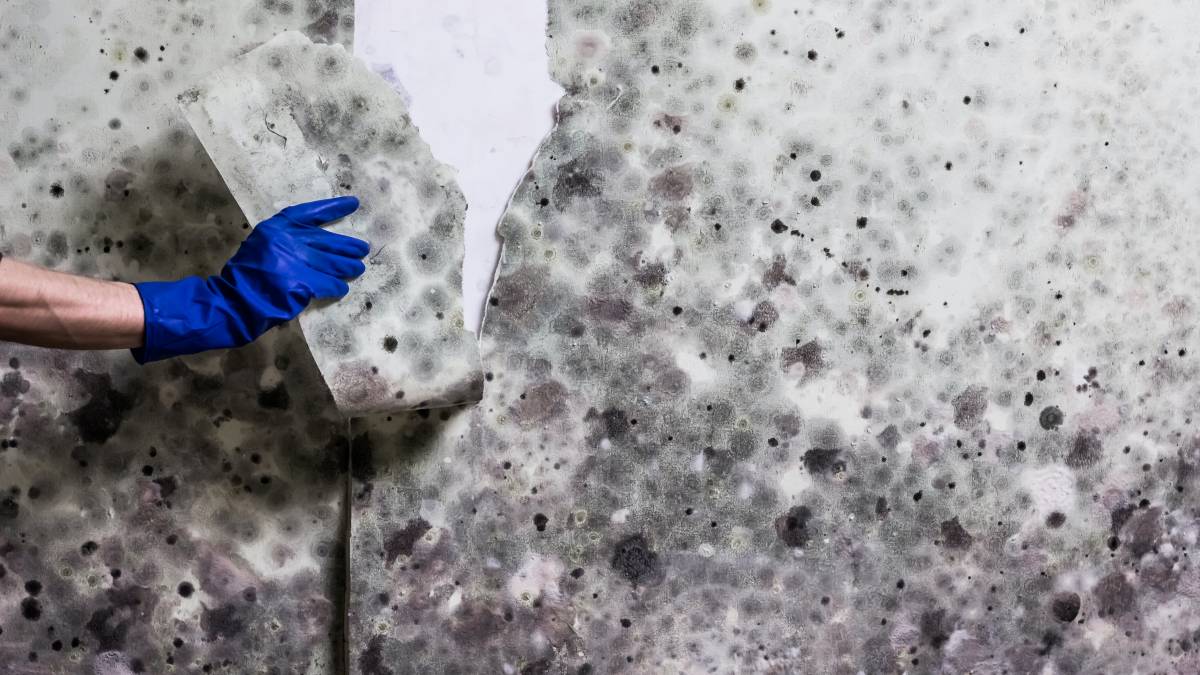
How much does mold removal cost?
Read more

How much does oven cleaning cost?
Read more

How much does a cleaner cost?
Read more

How much does office cleaning cost?
Read more
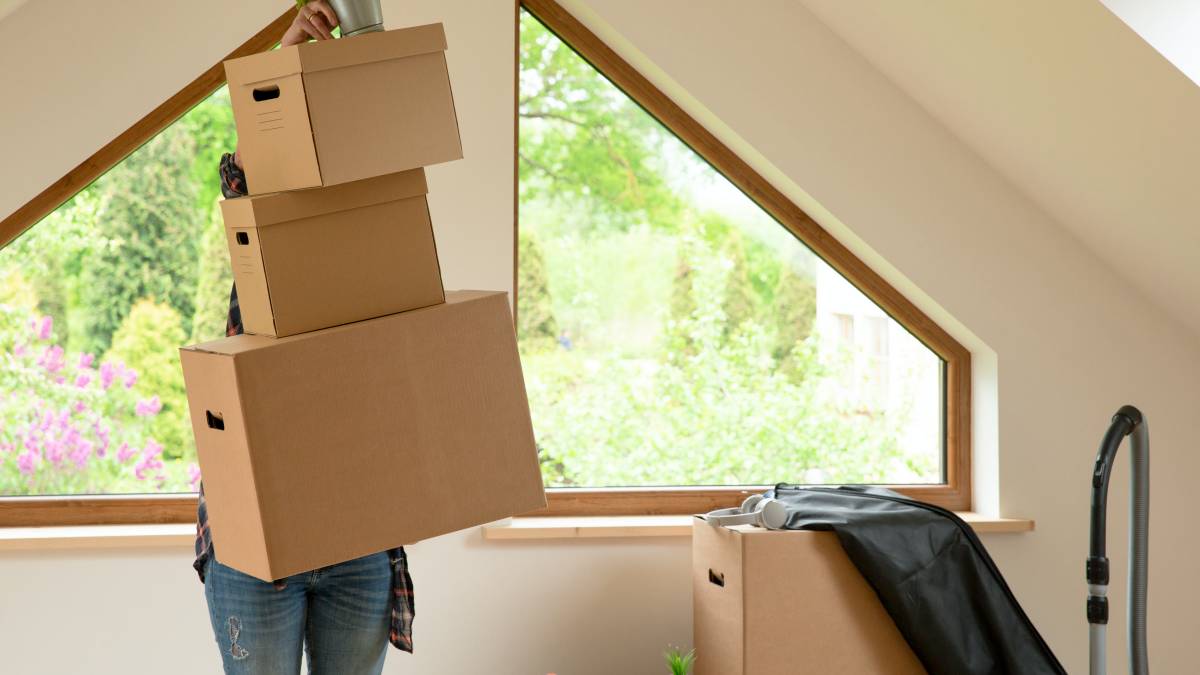
How much does attic cleaning cost?
Read more

How much does floor cleaning cost?
Read more
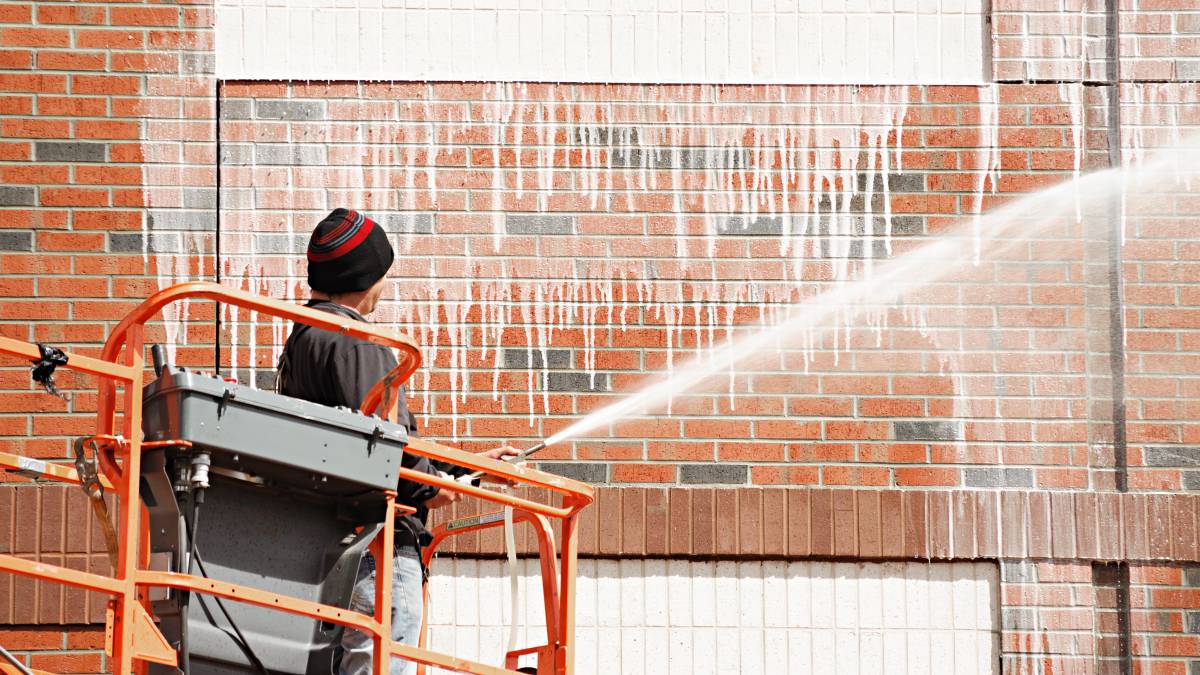
How much does brick cleaning cost?
Read more
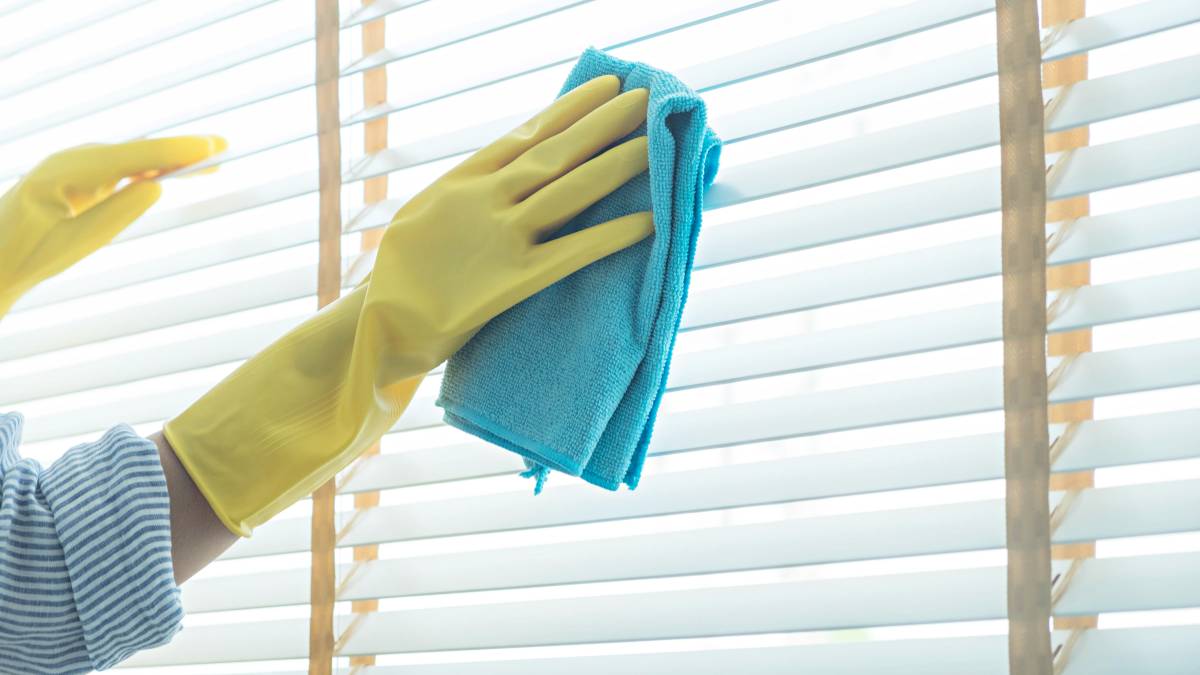
How much does blind cleaning cost?
Read more

How much does pressure washing cost?
Read more
